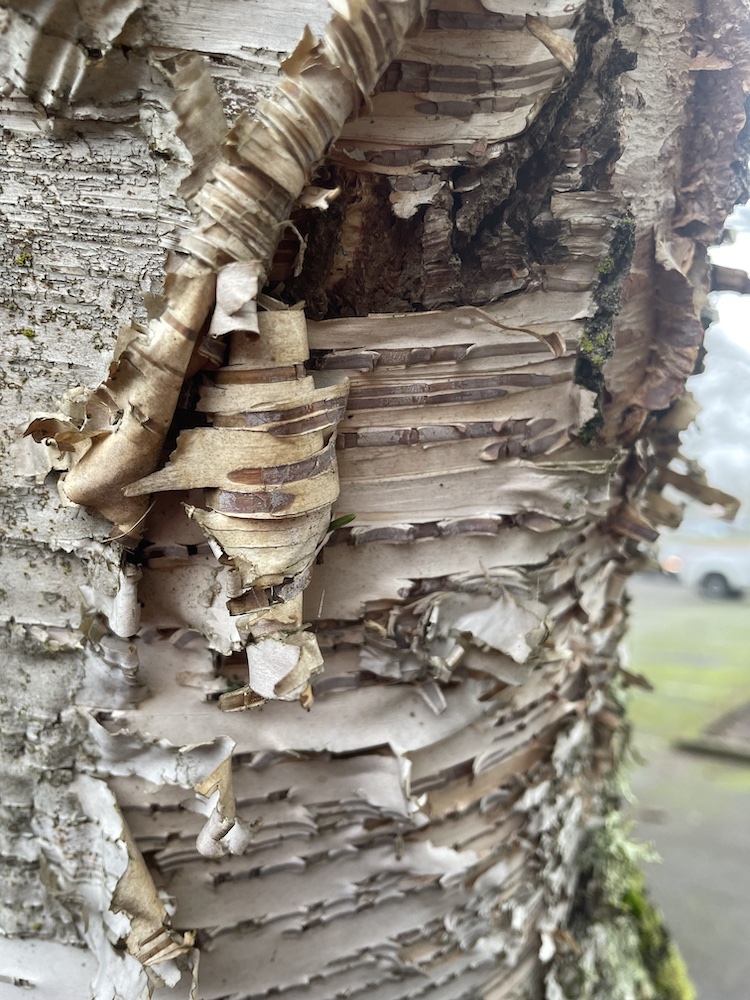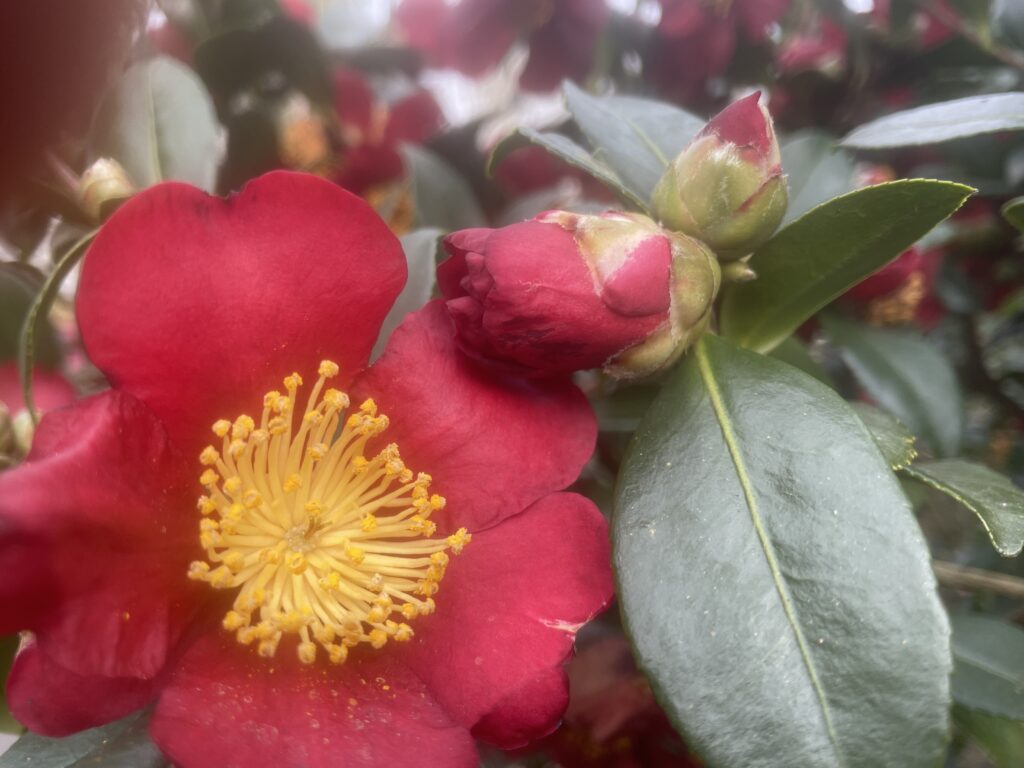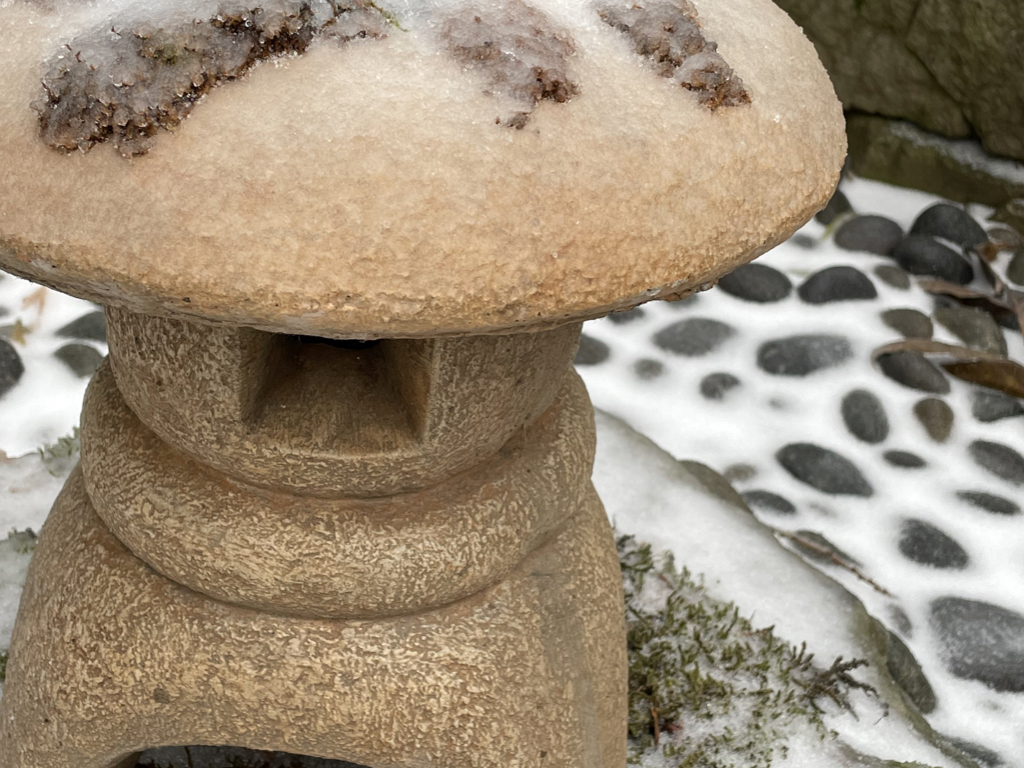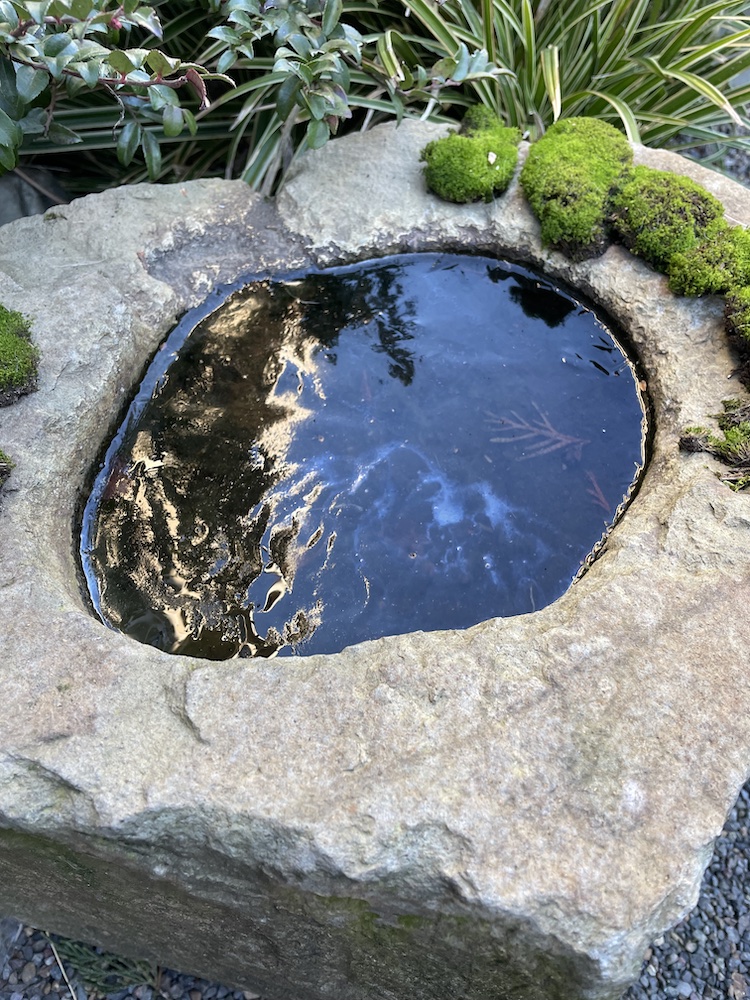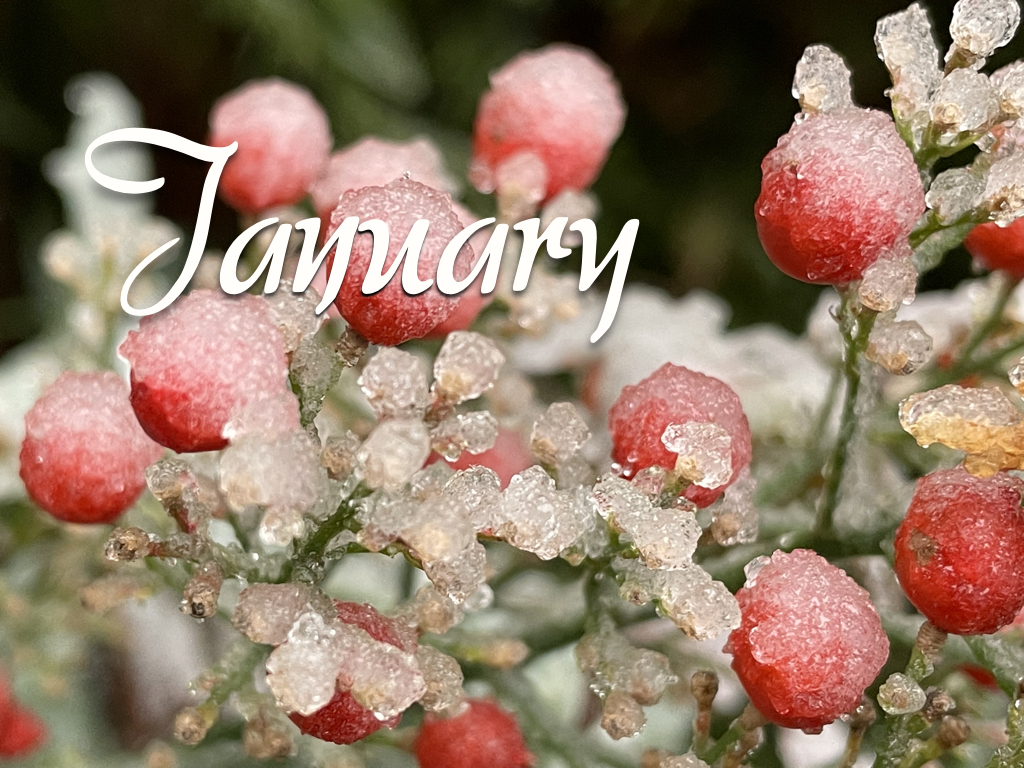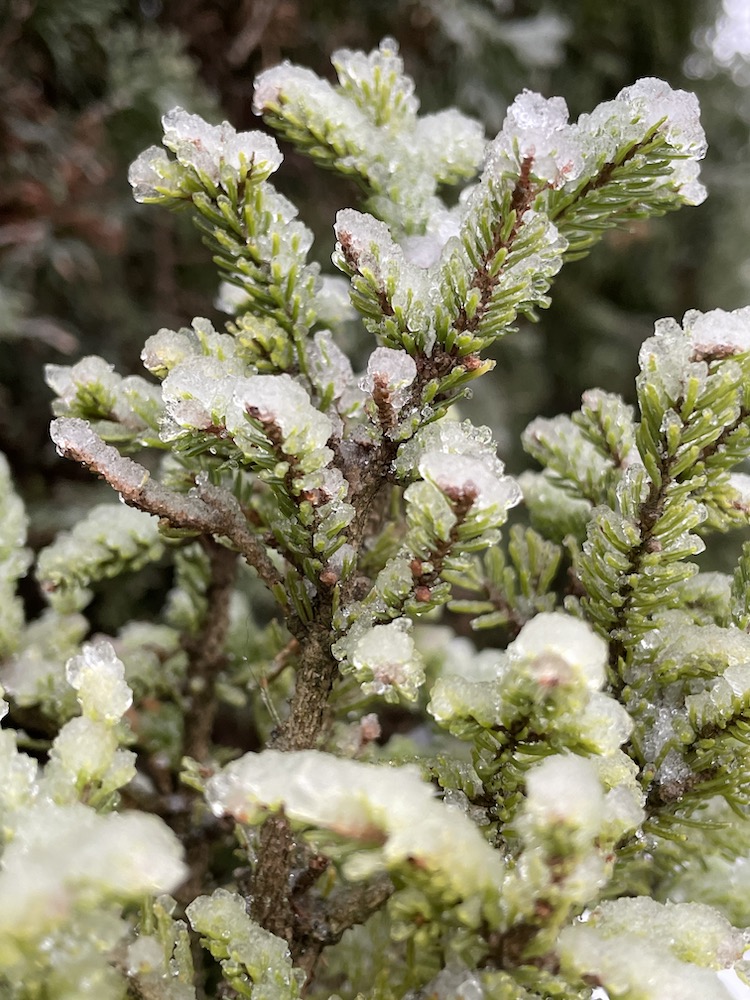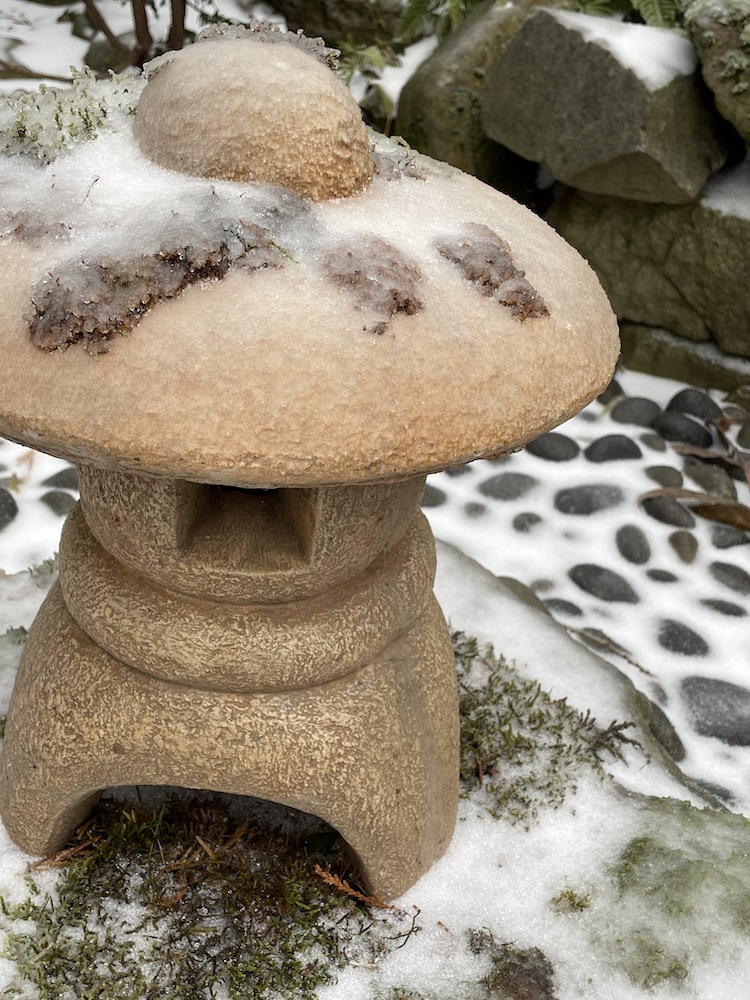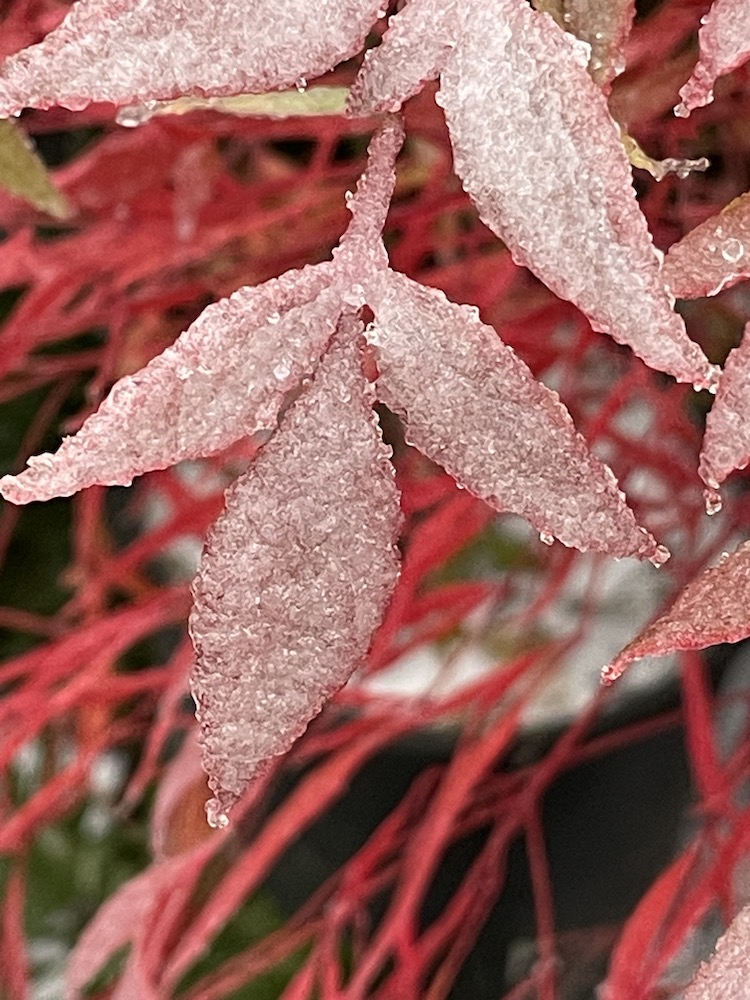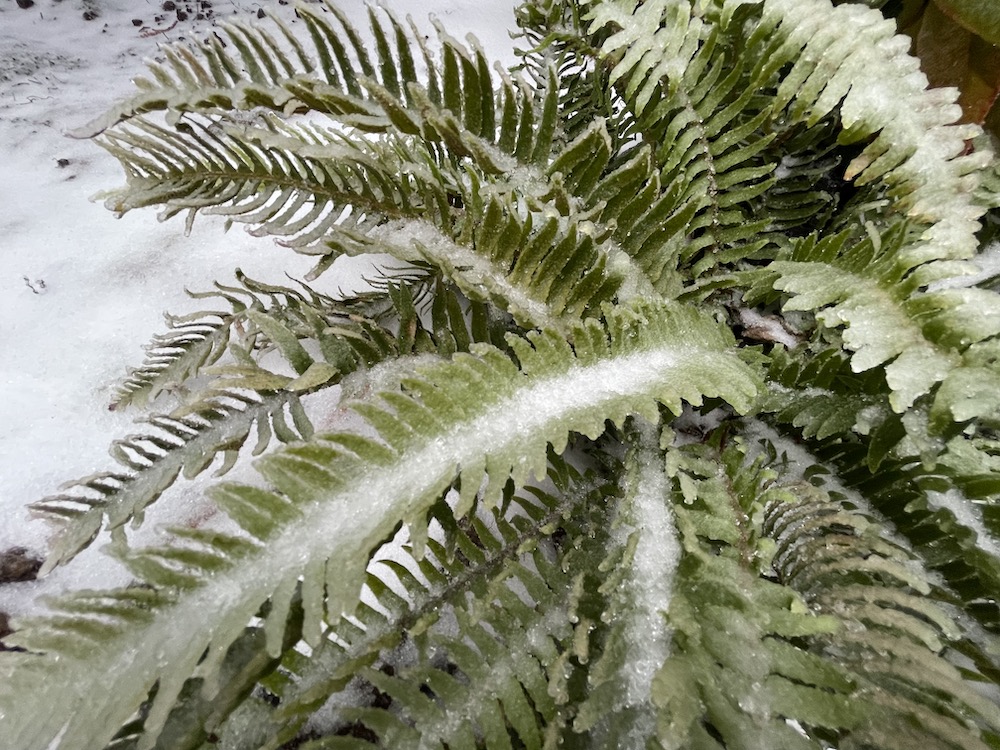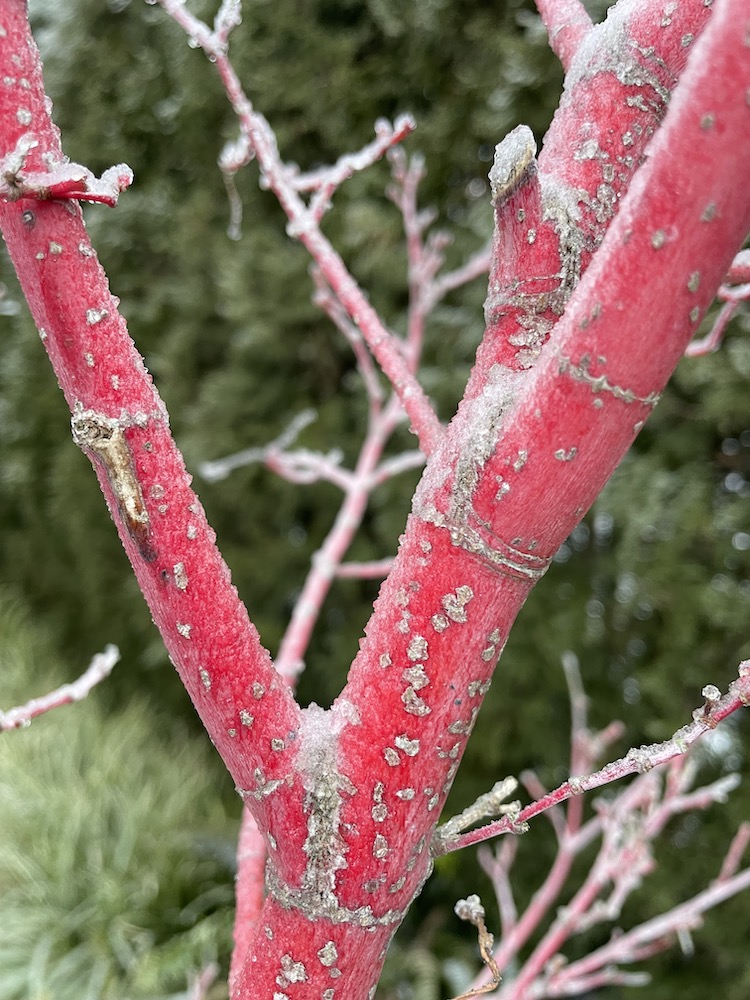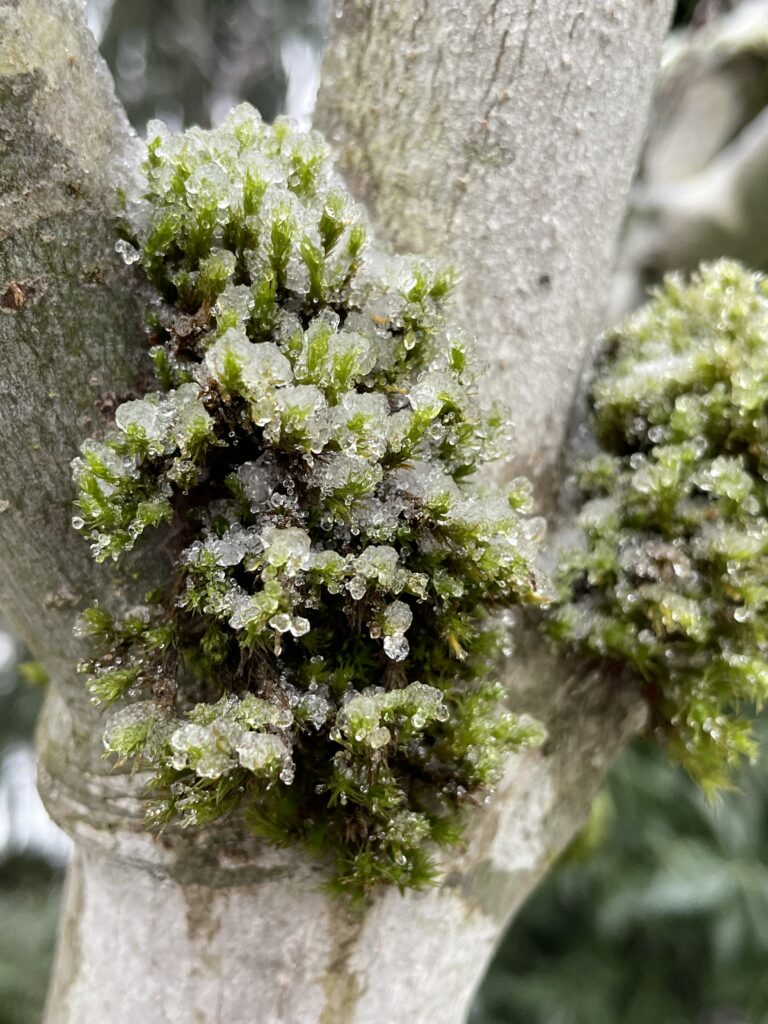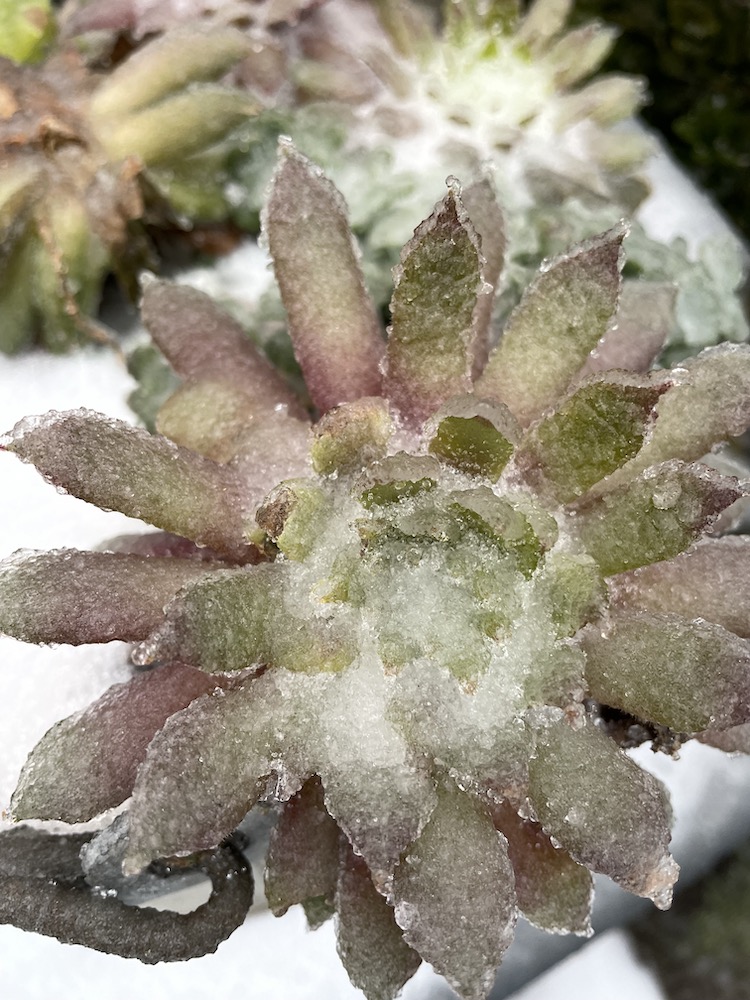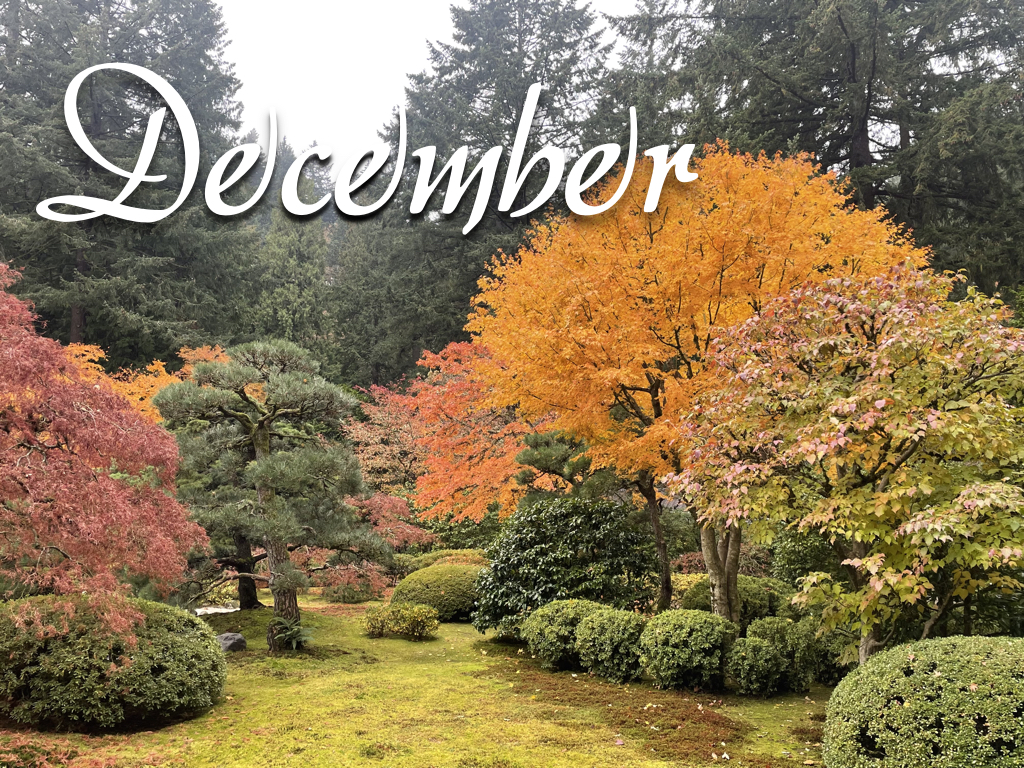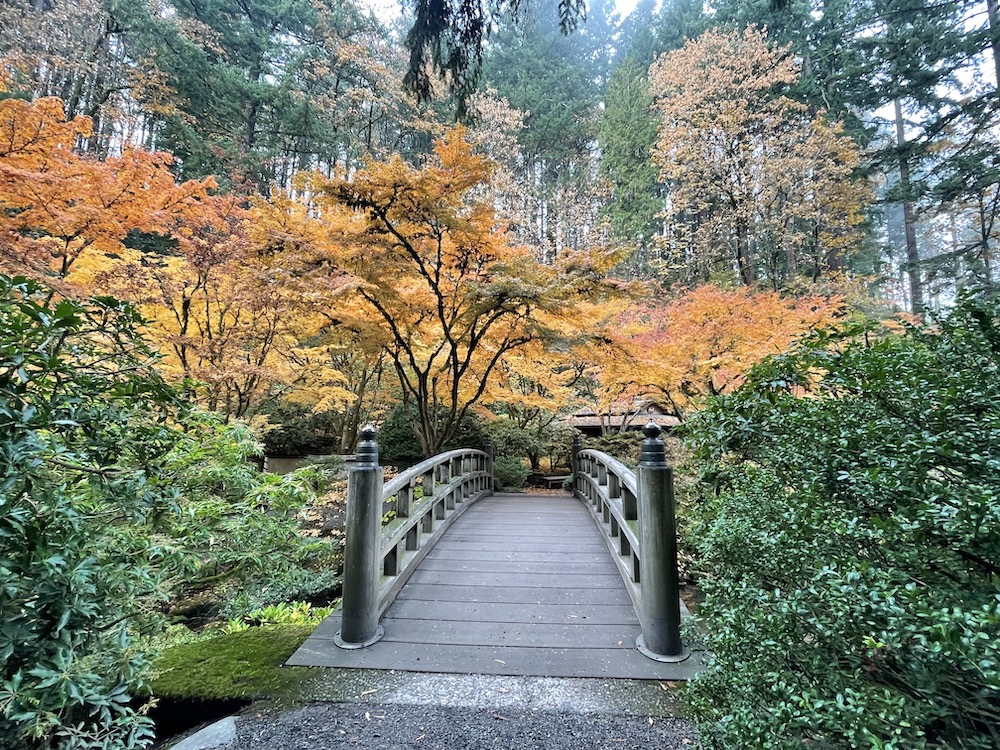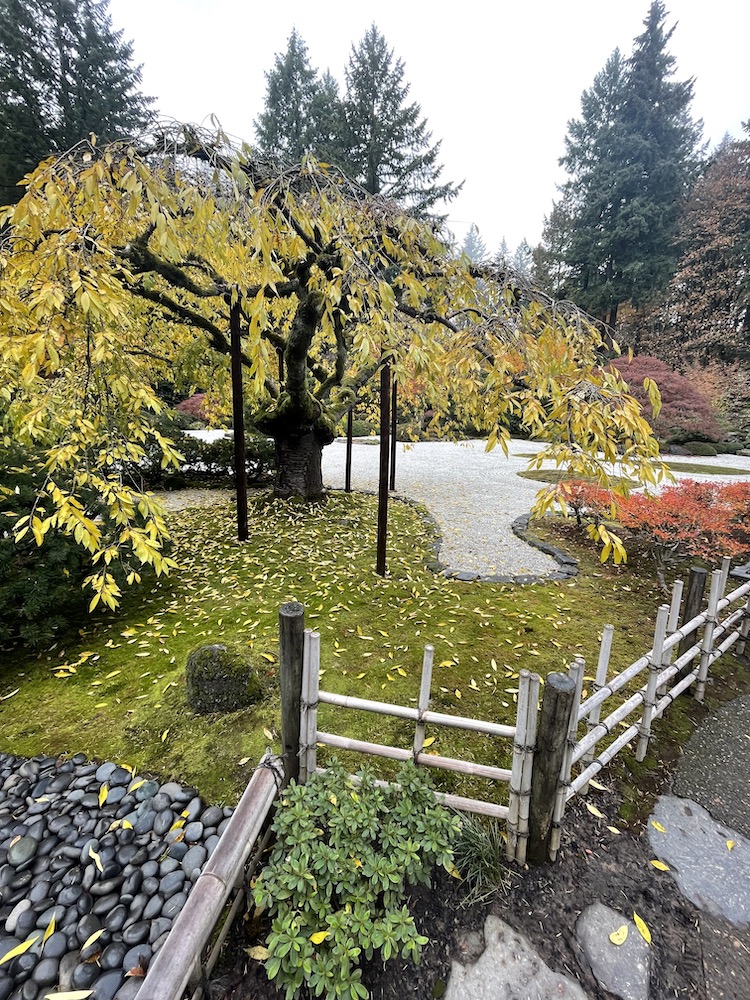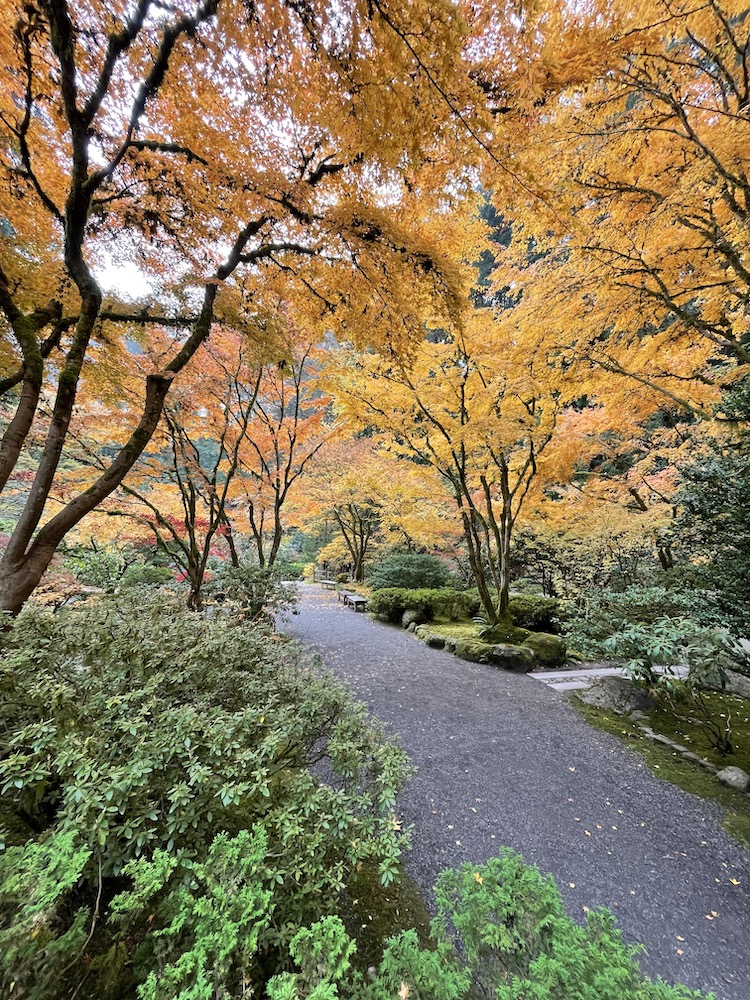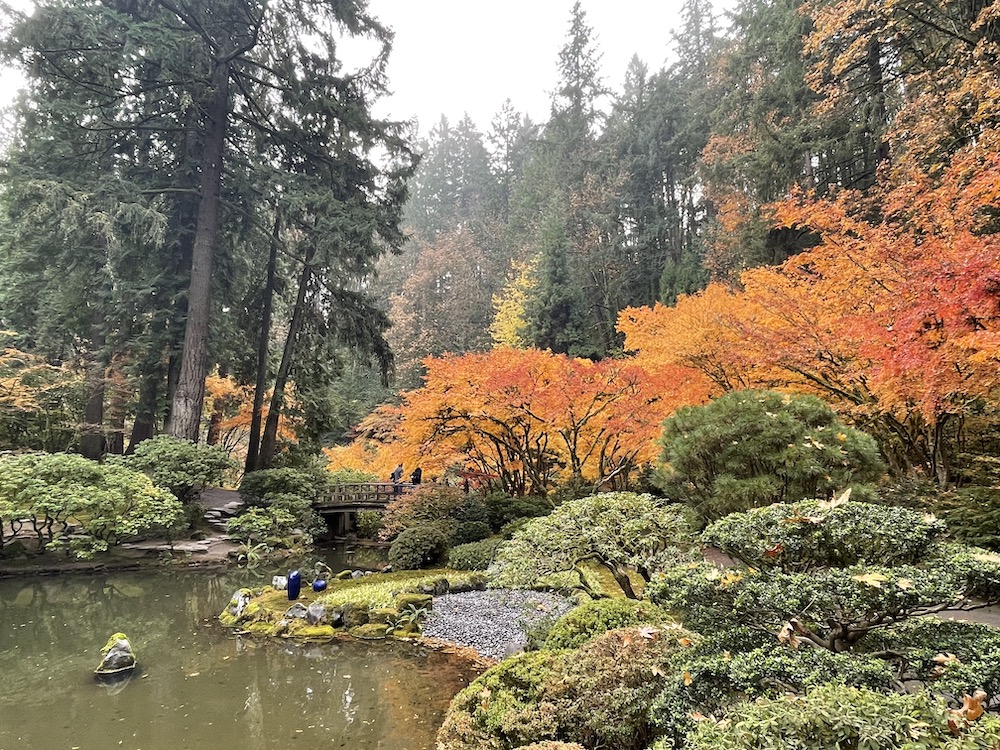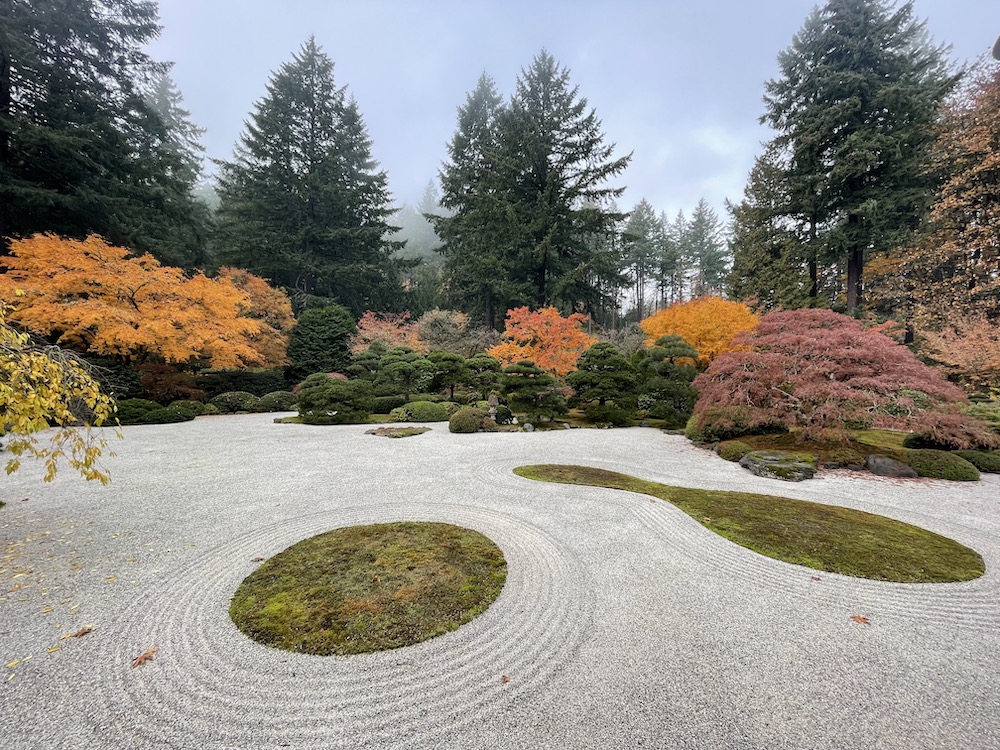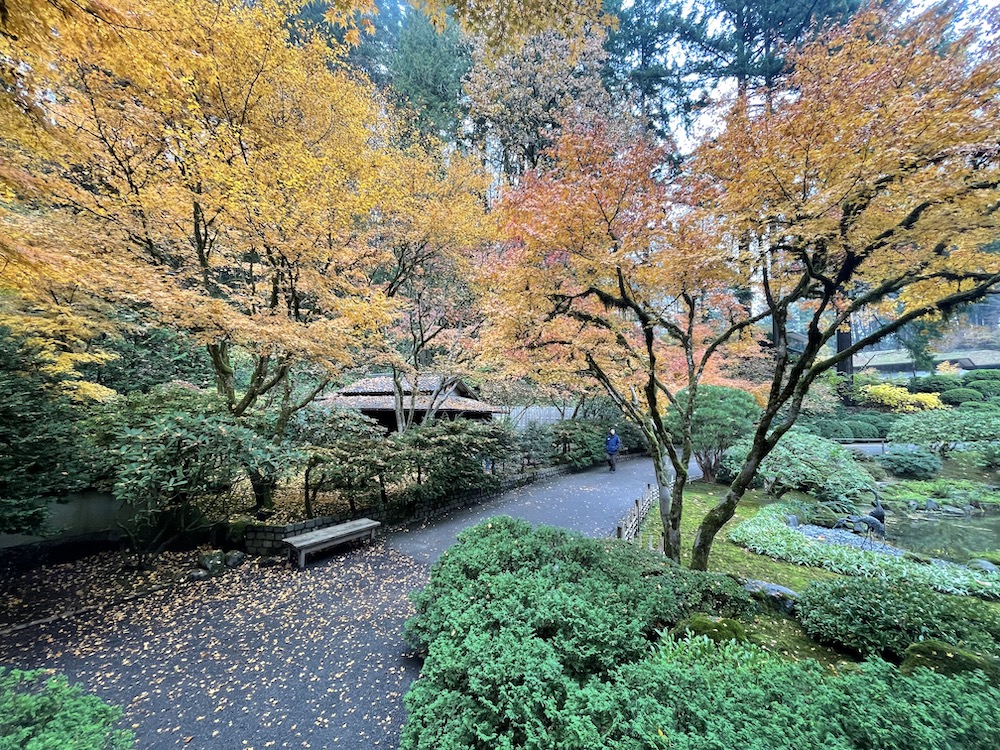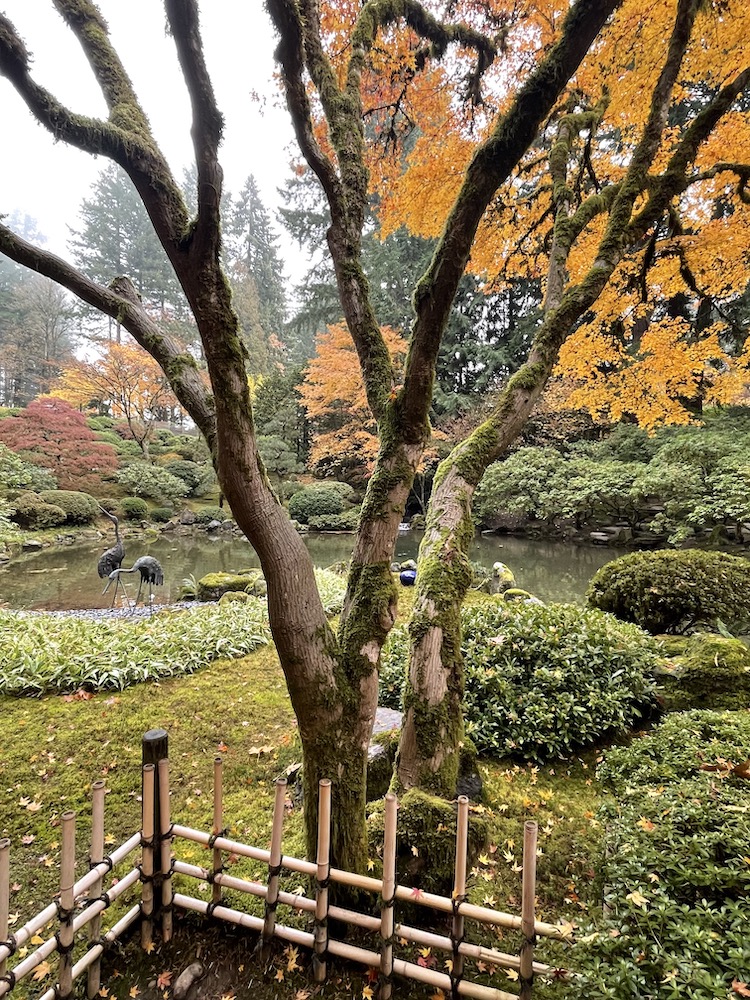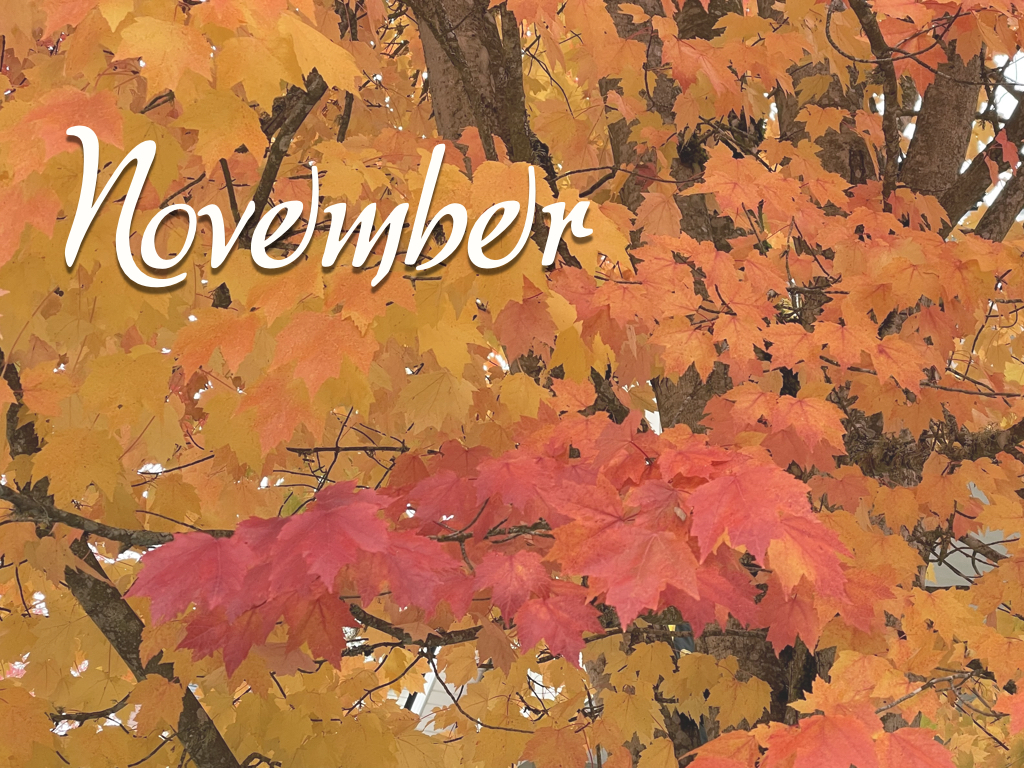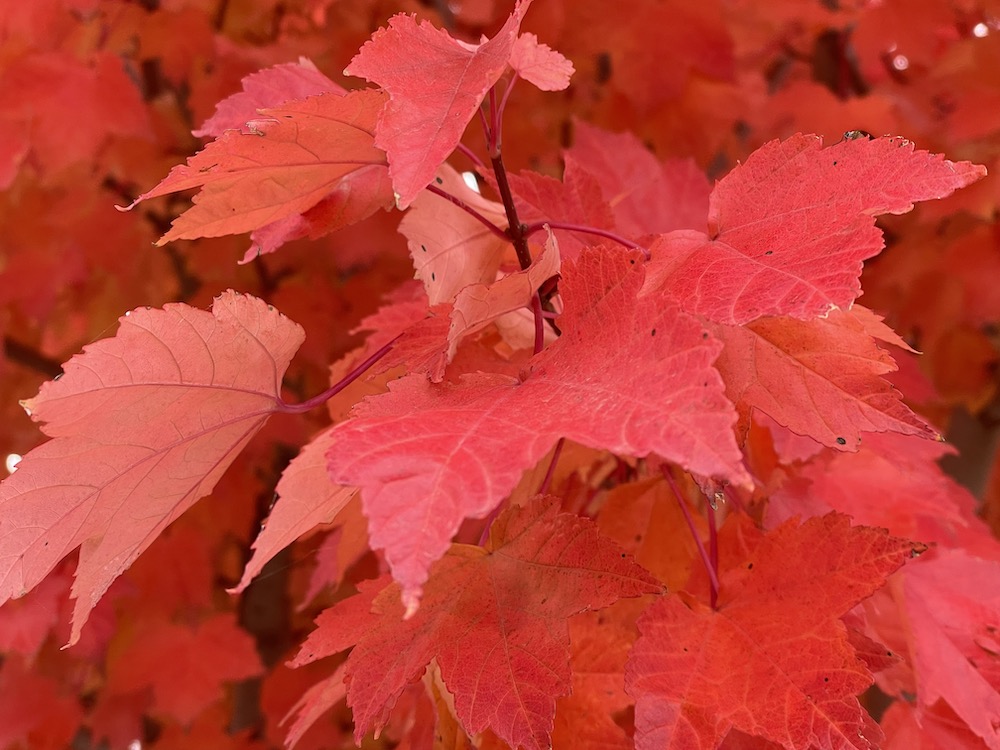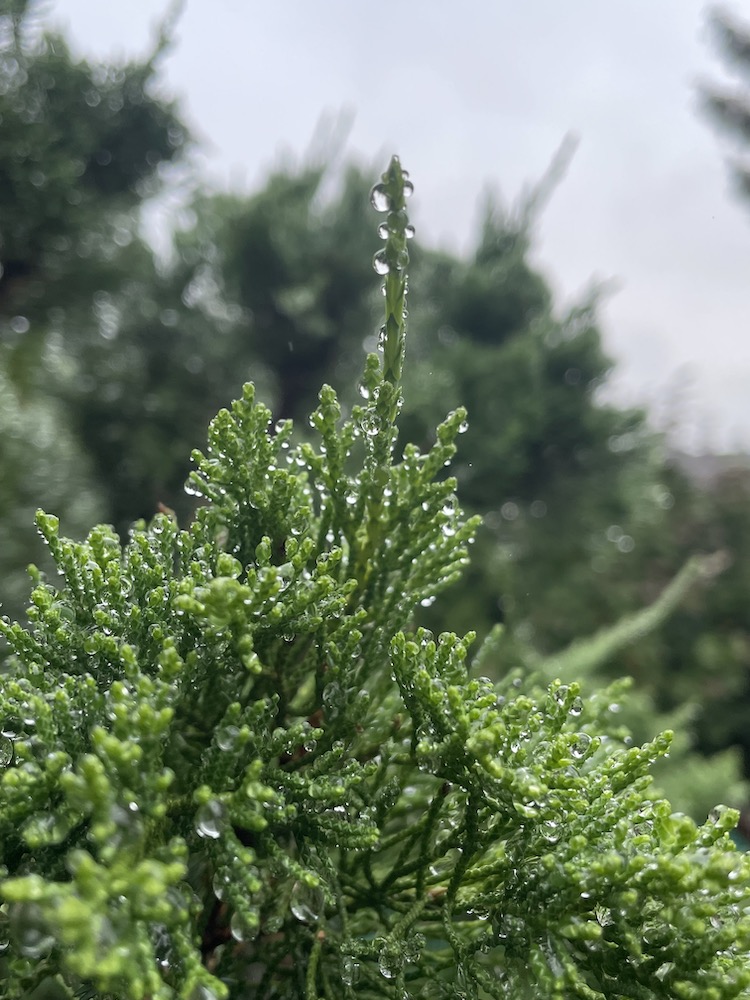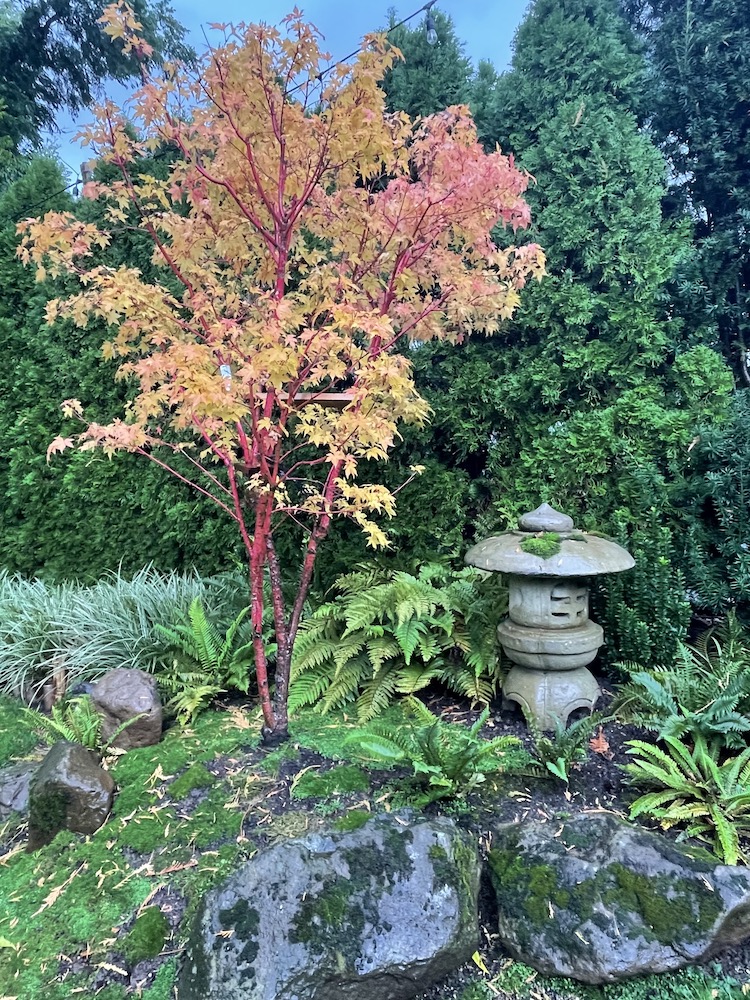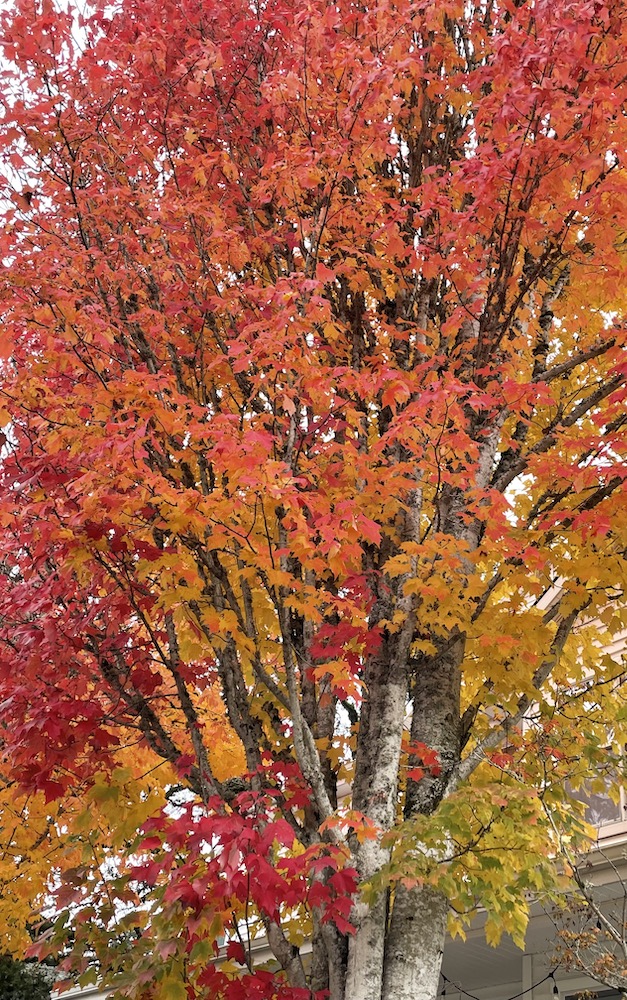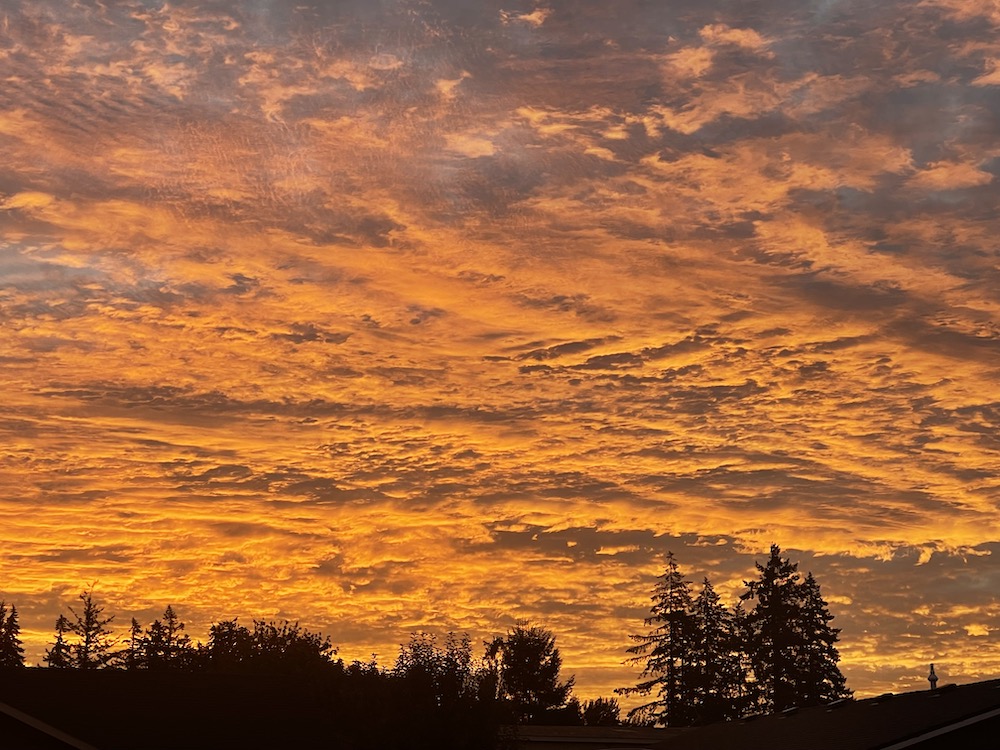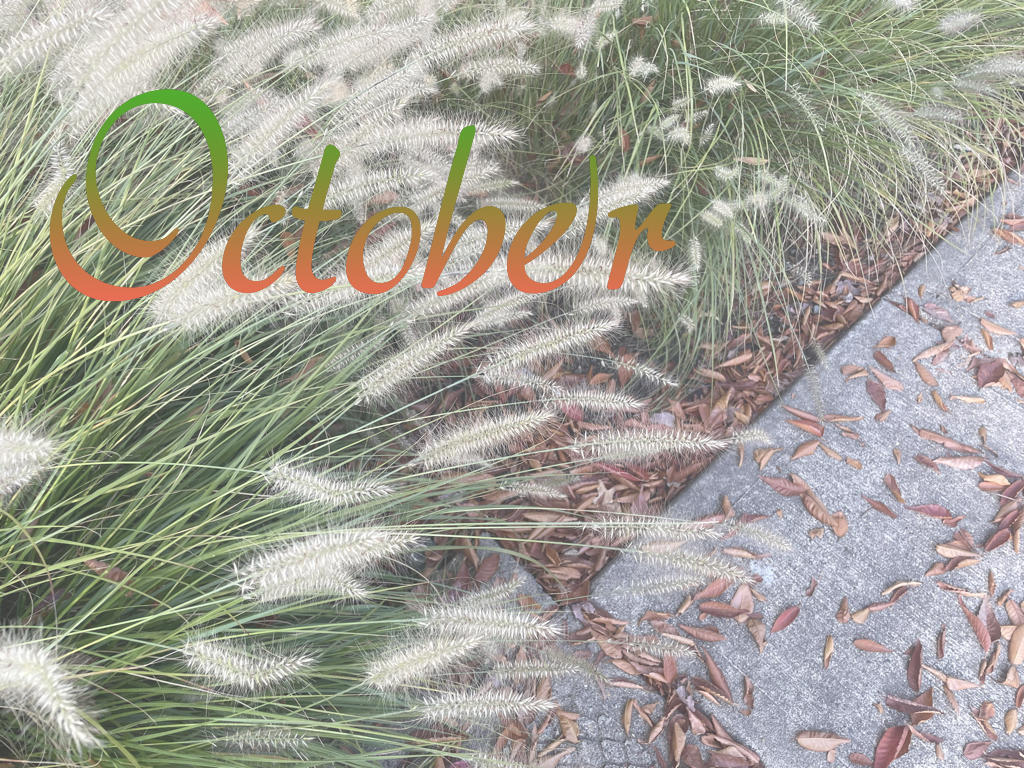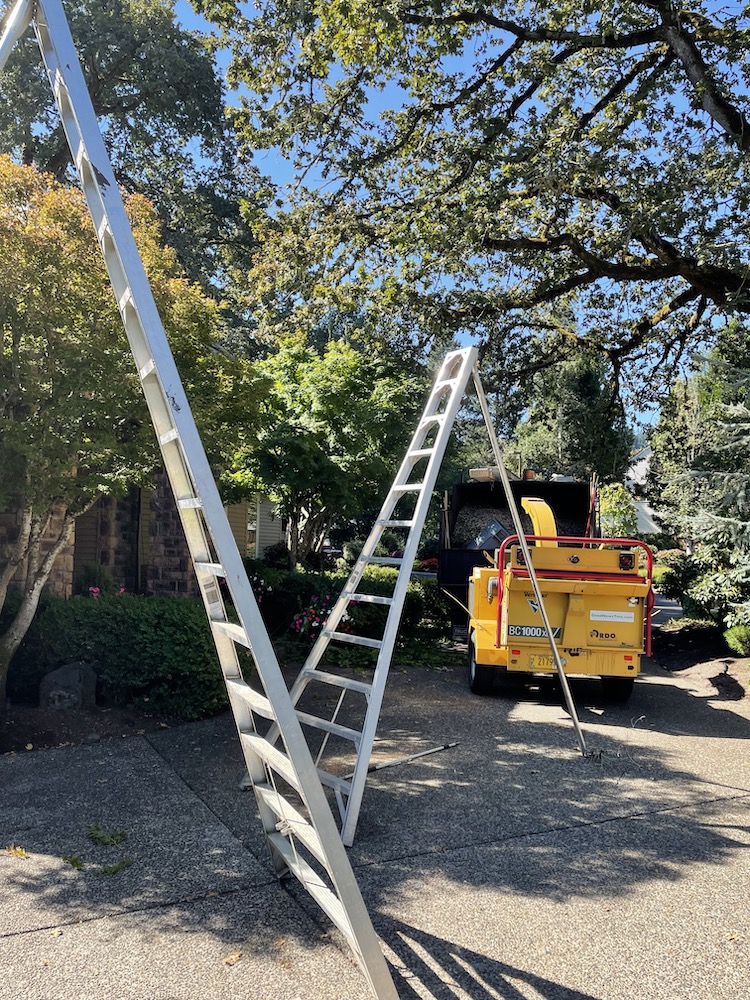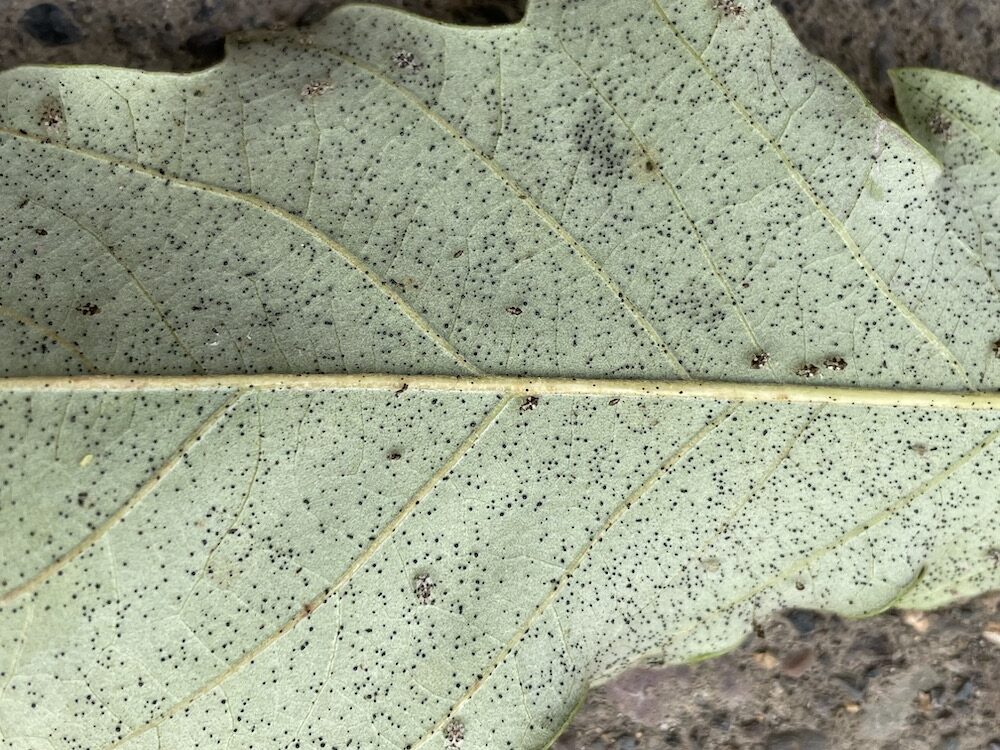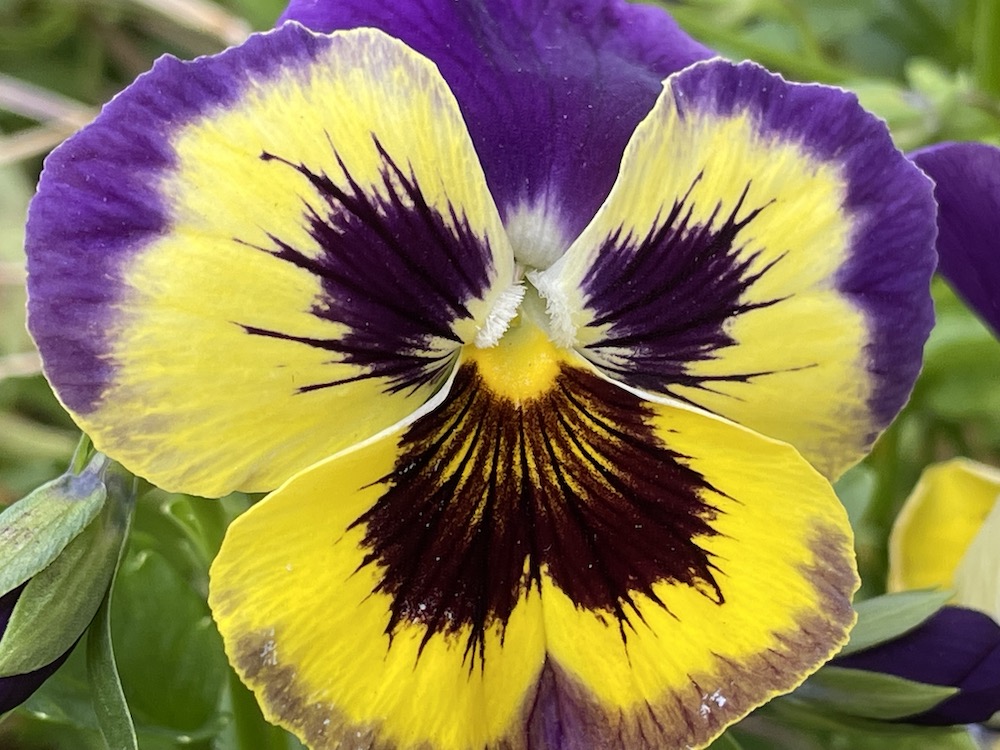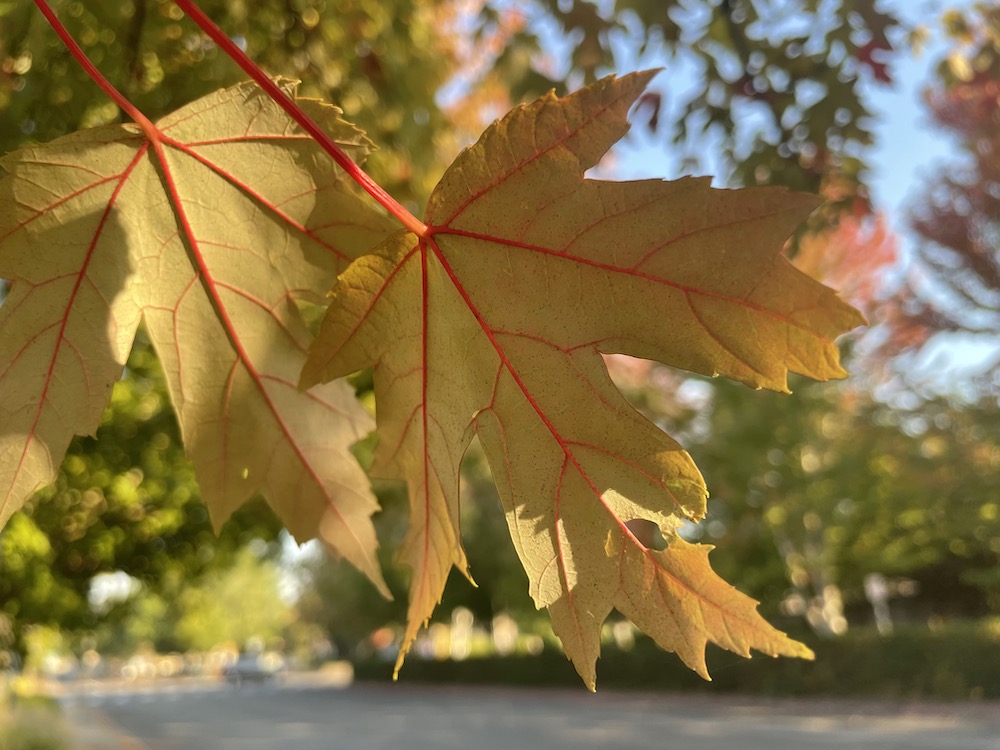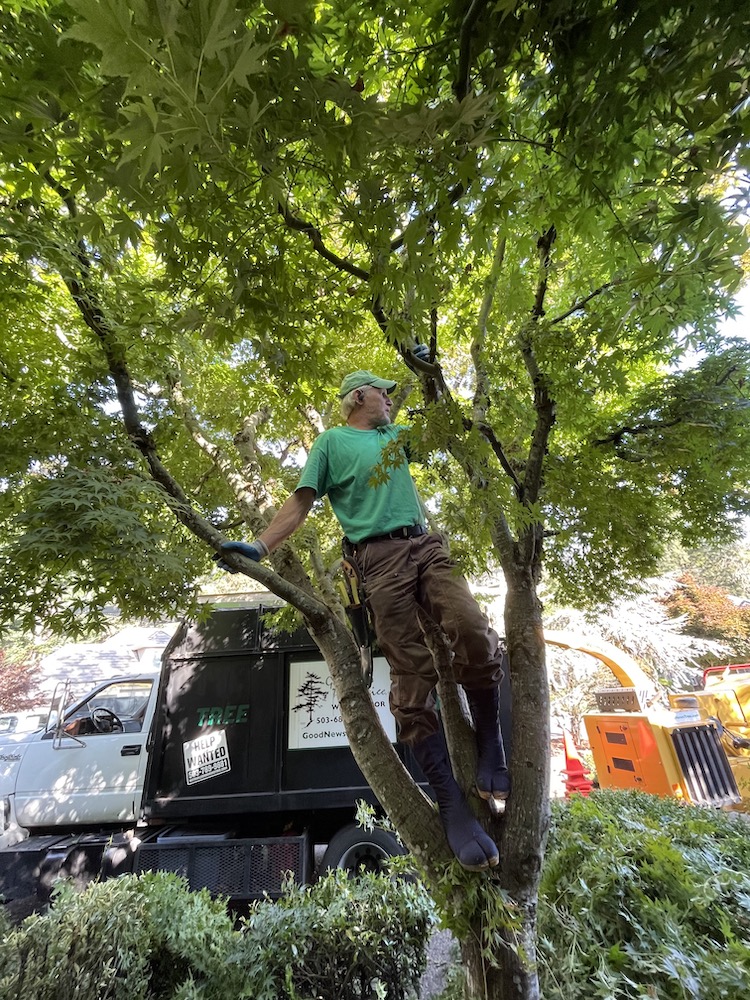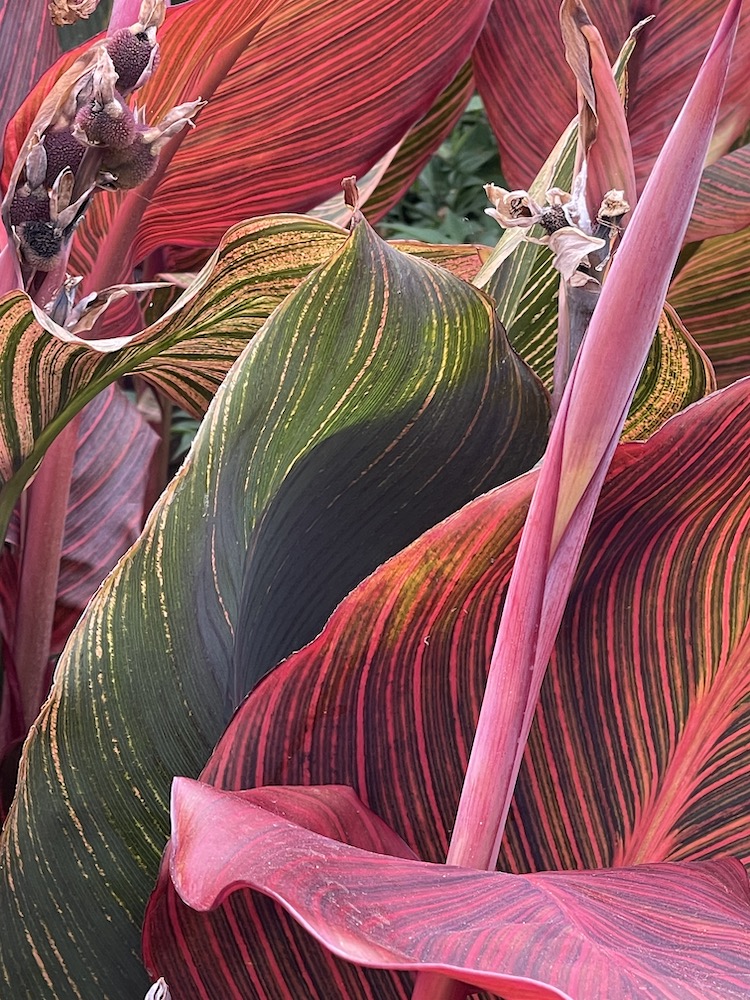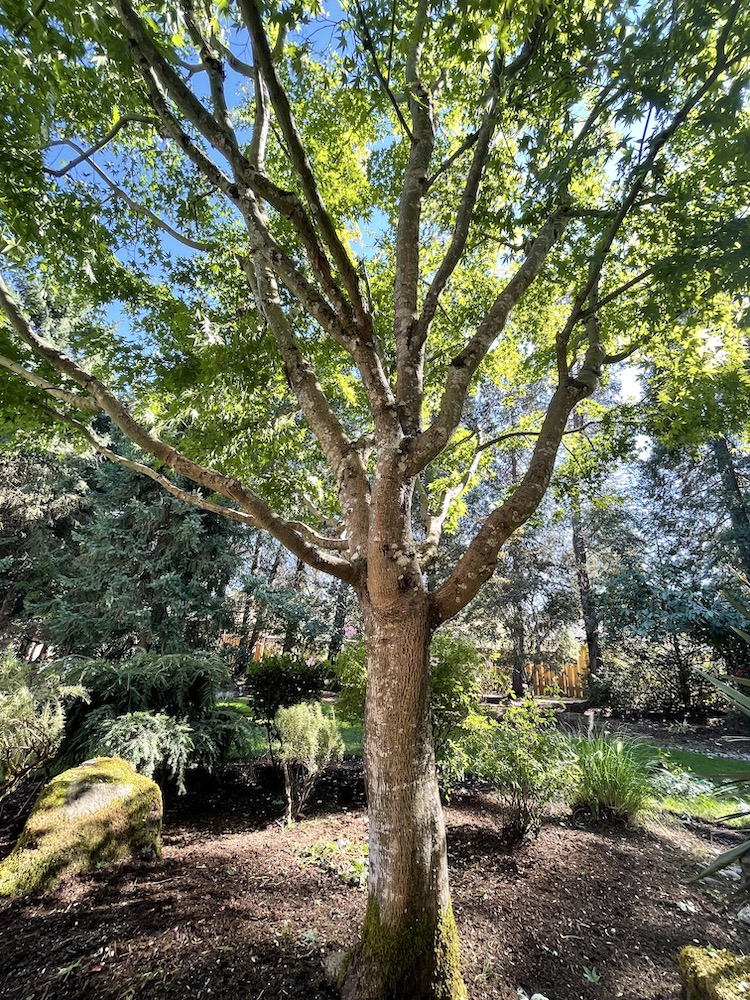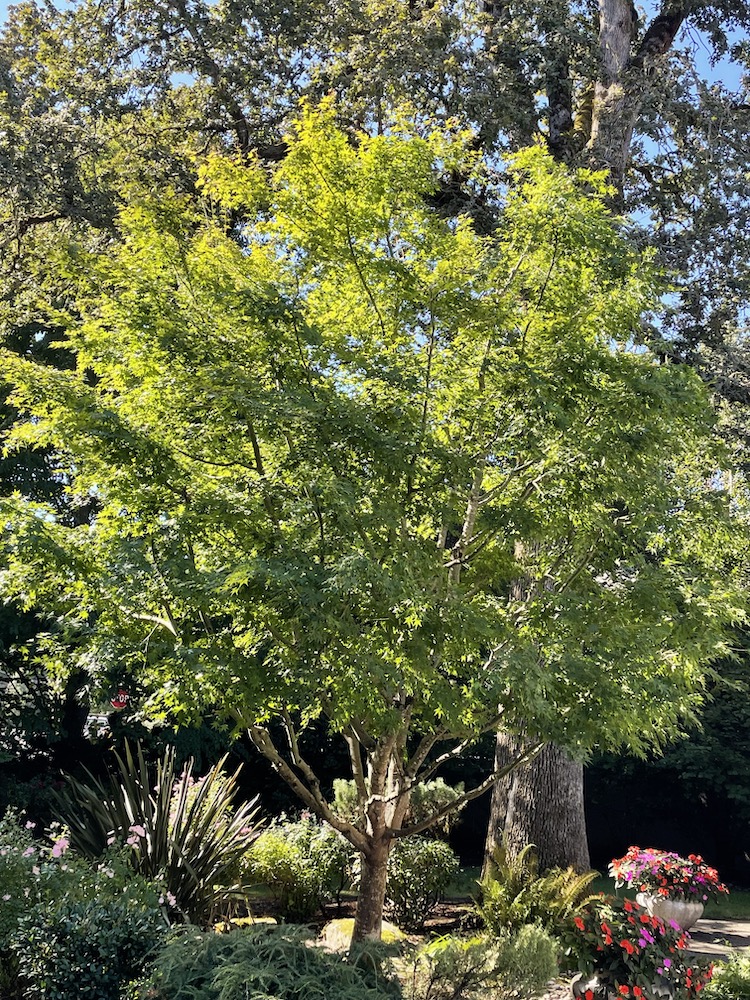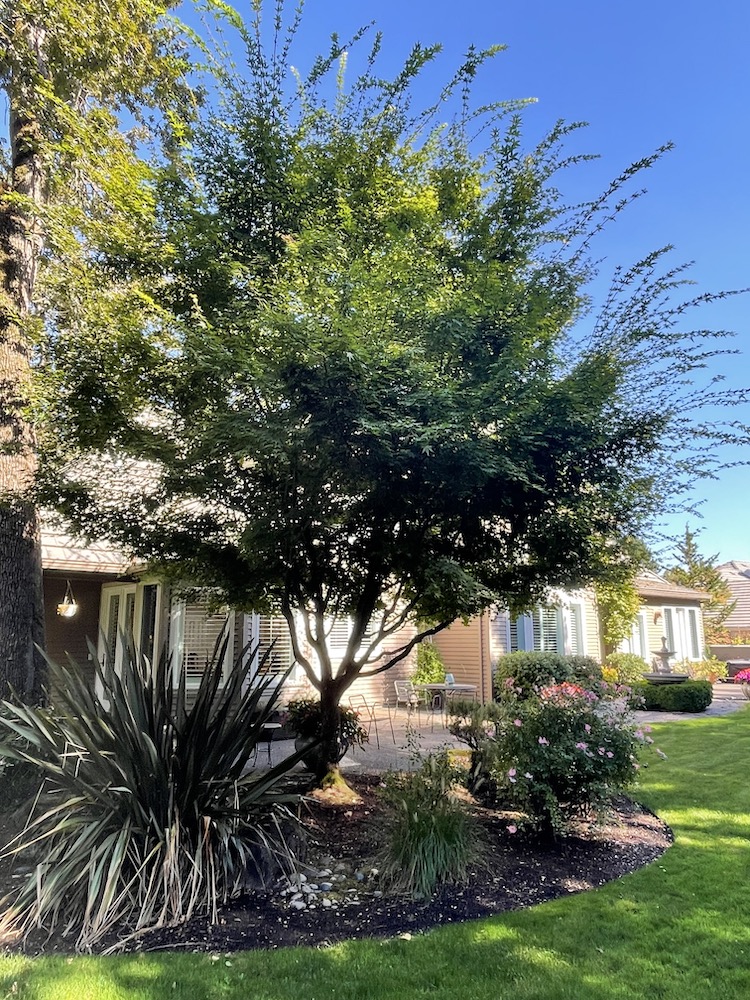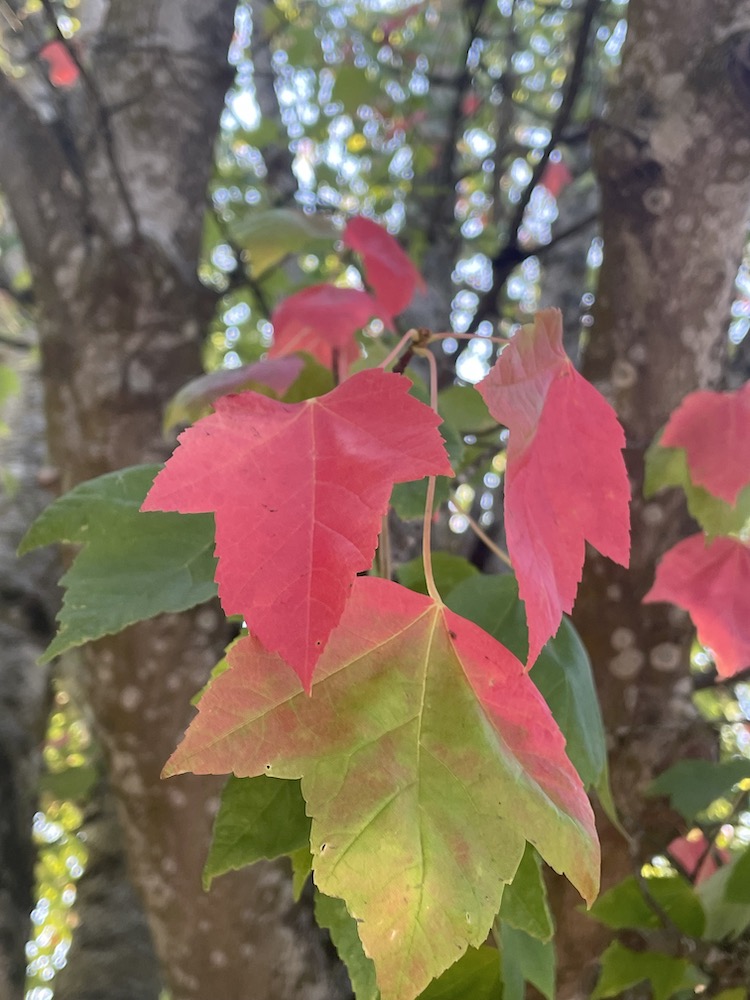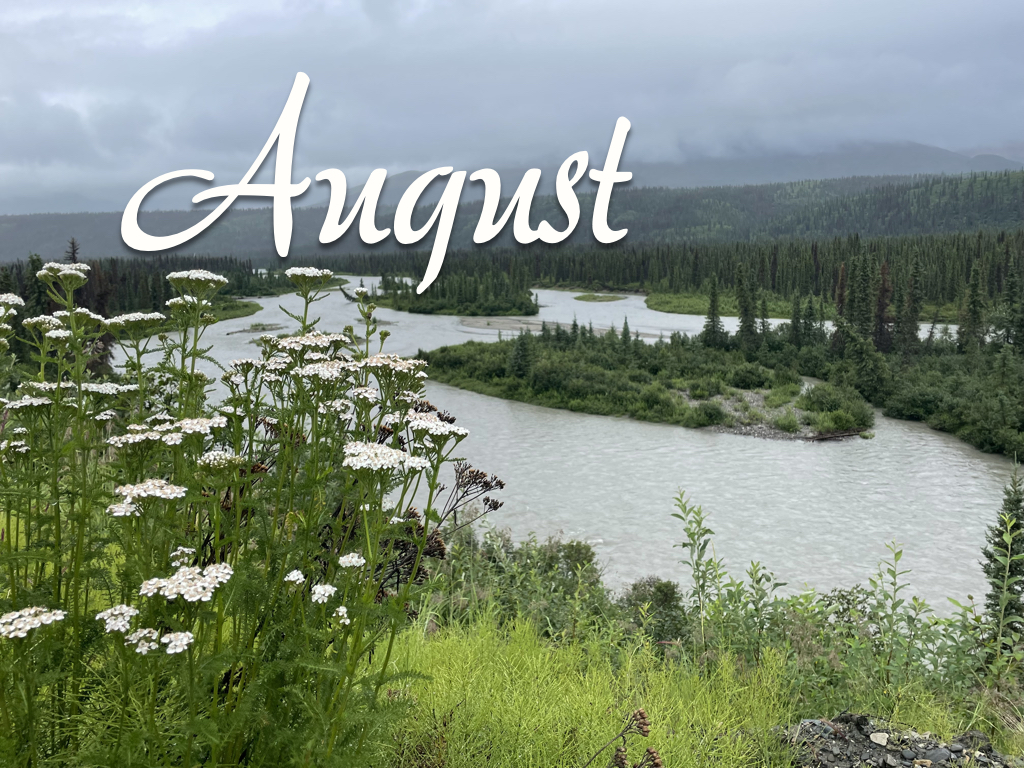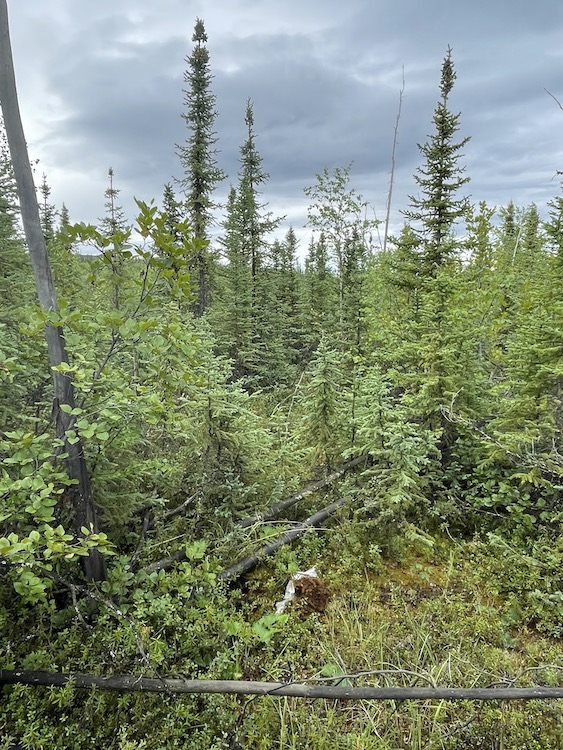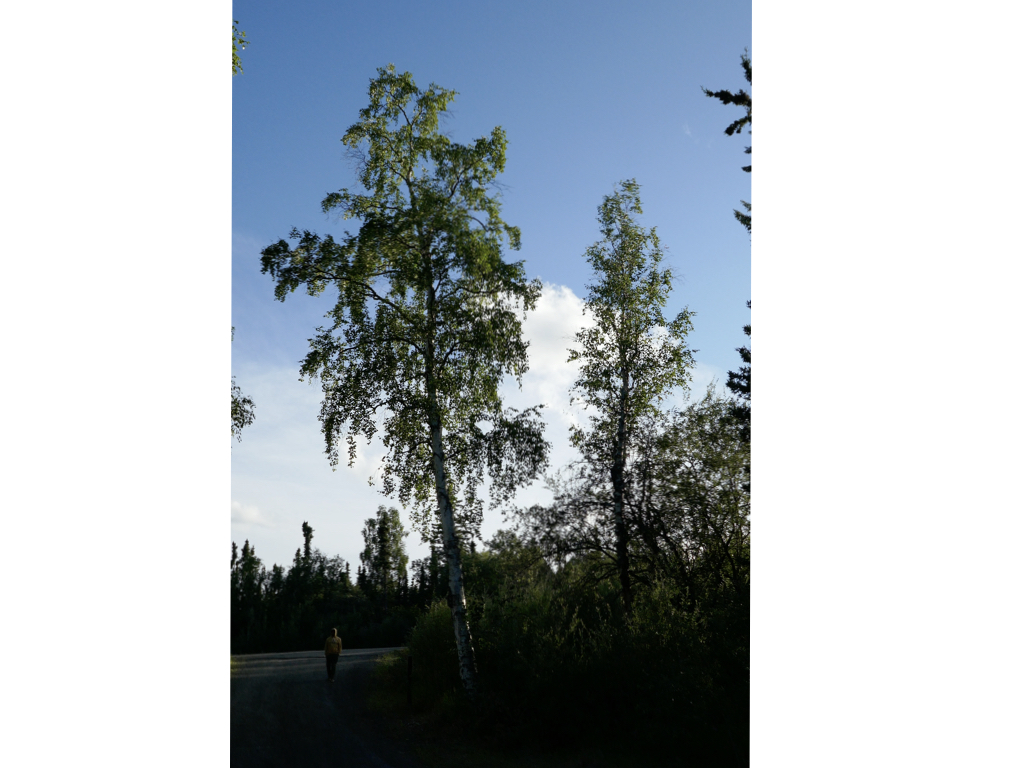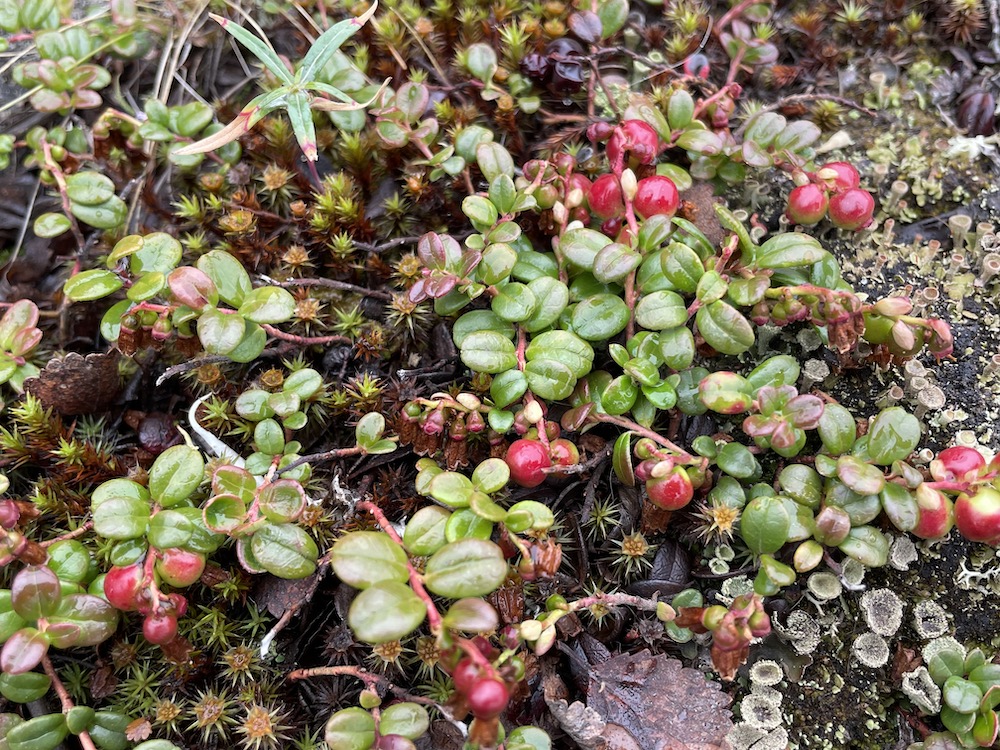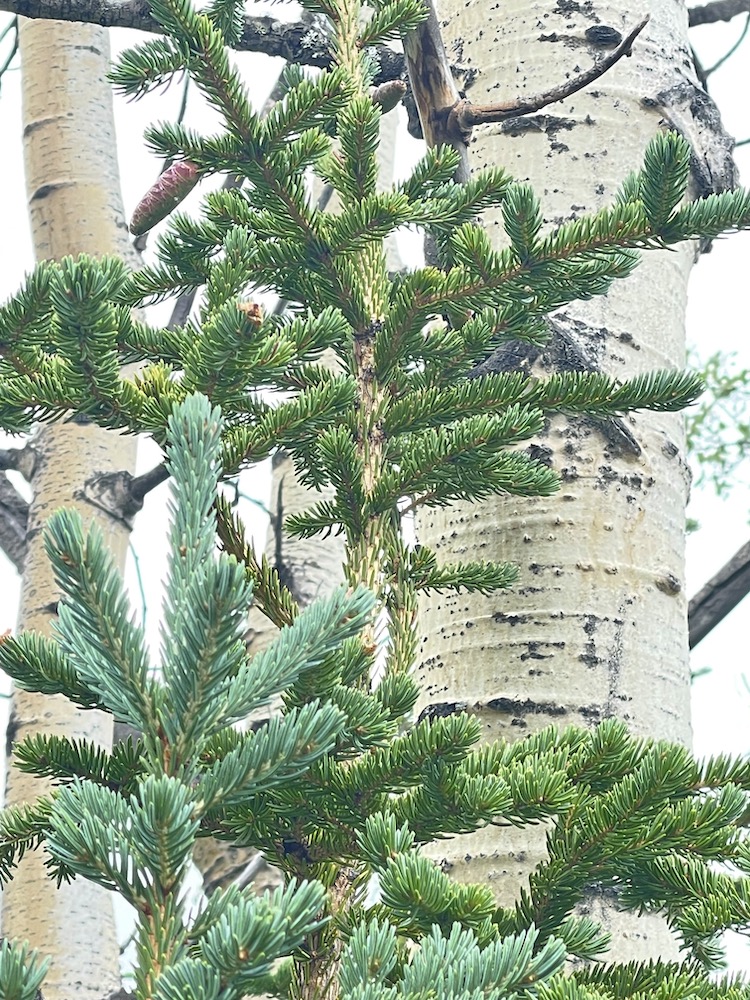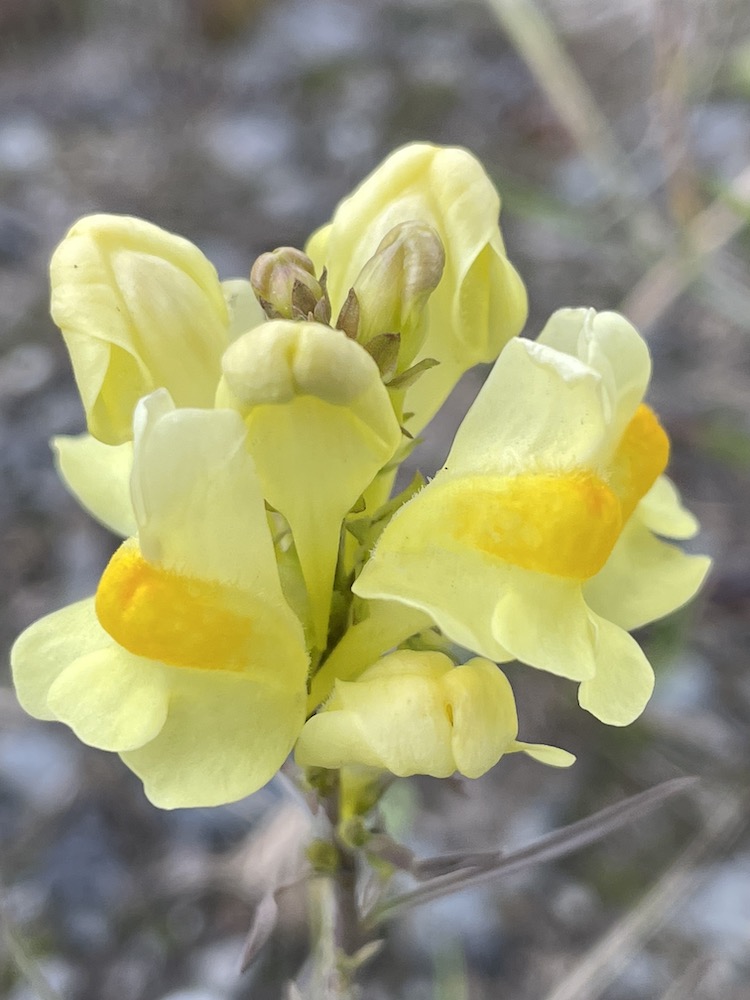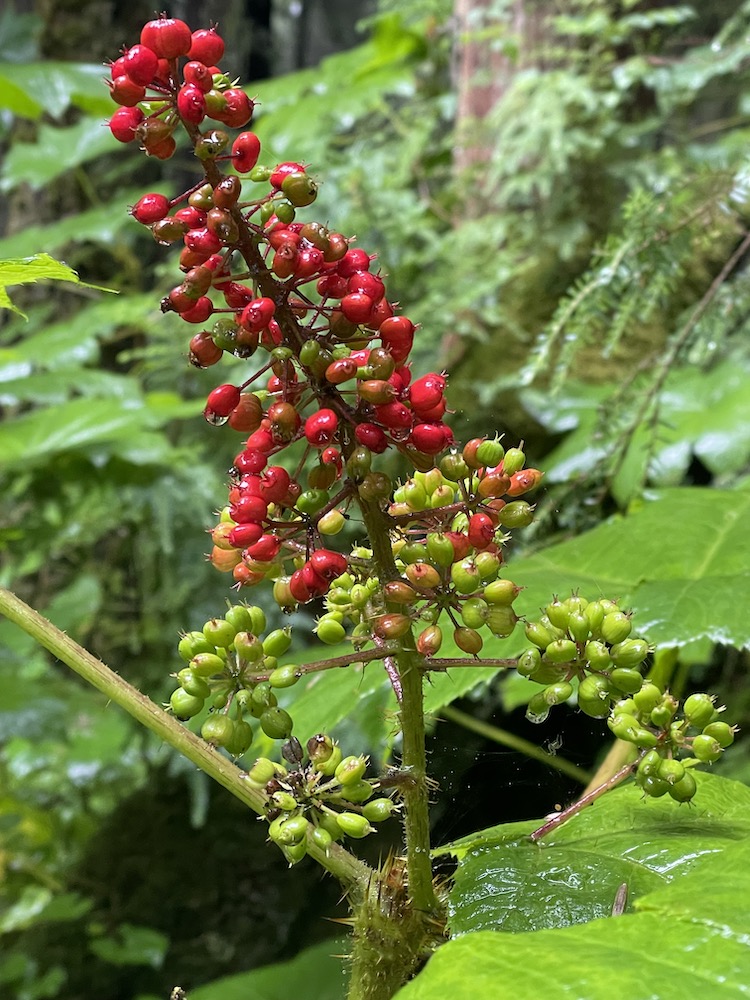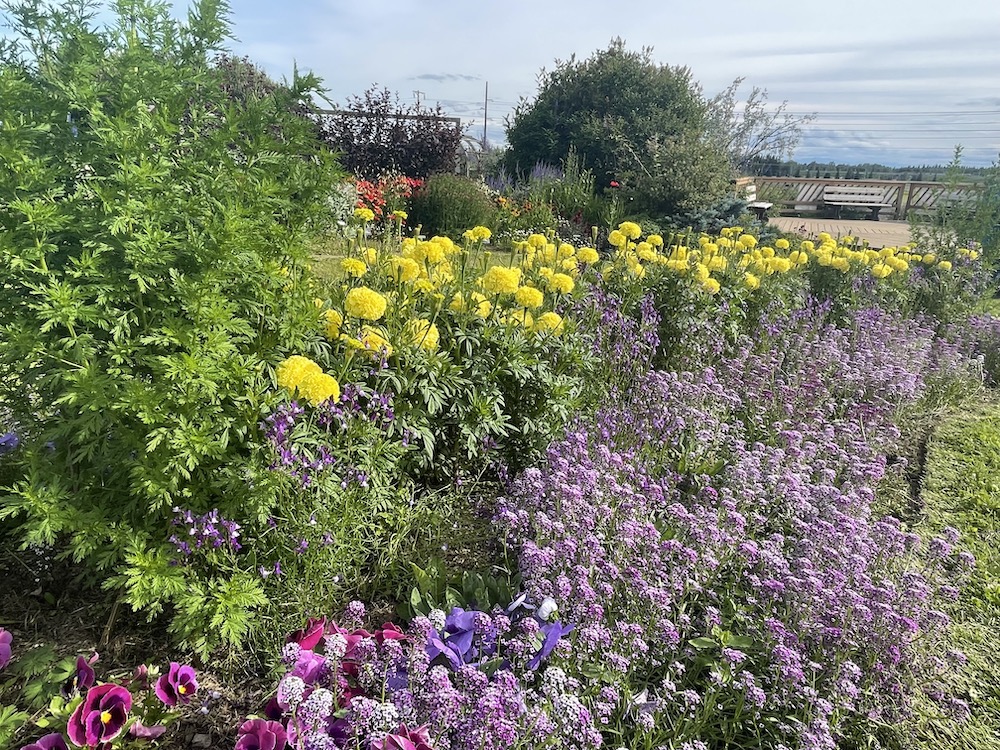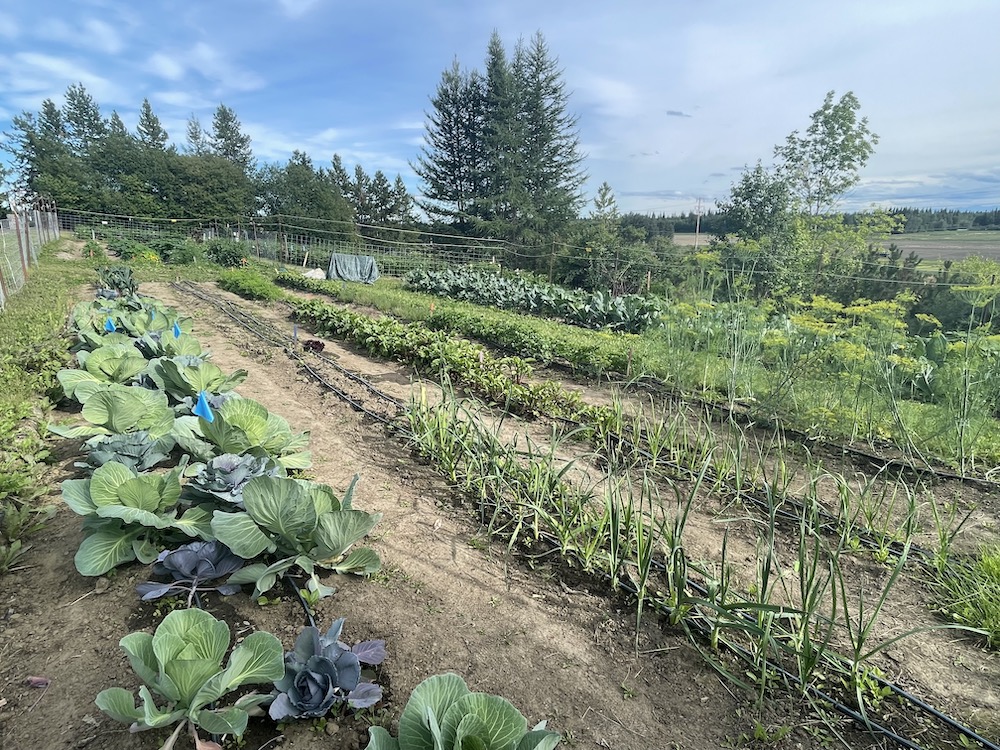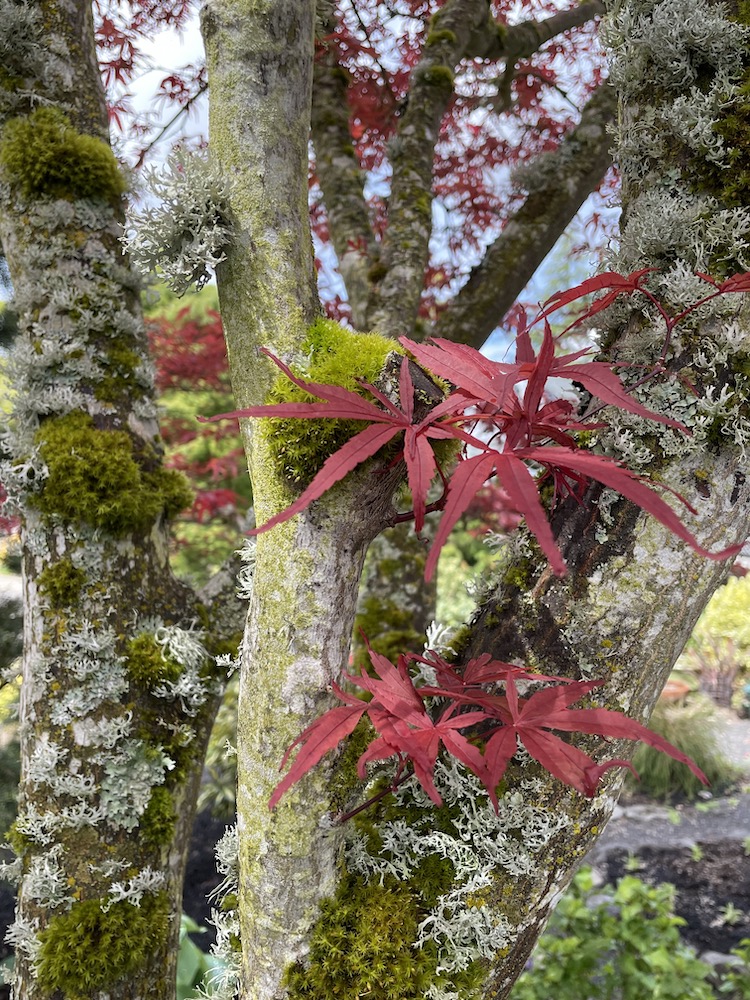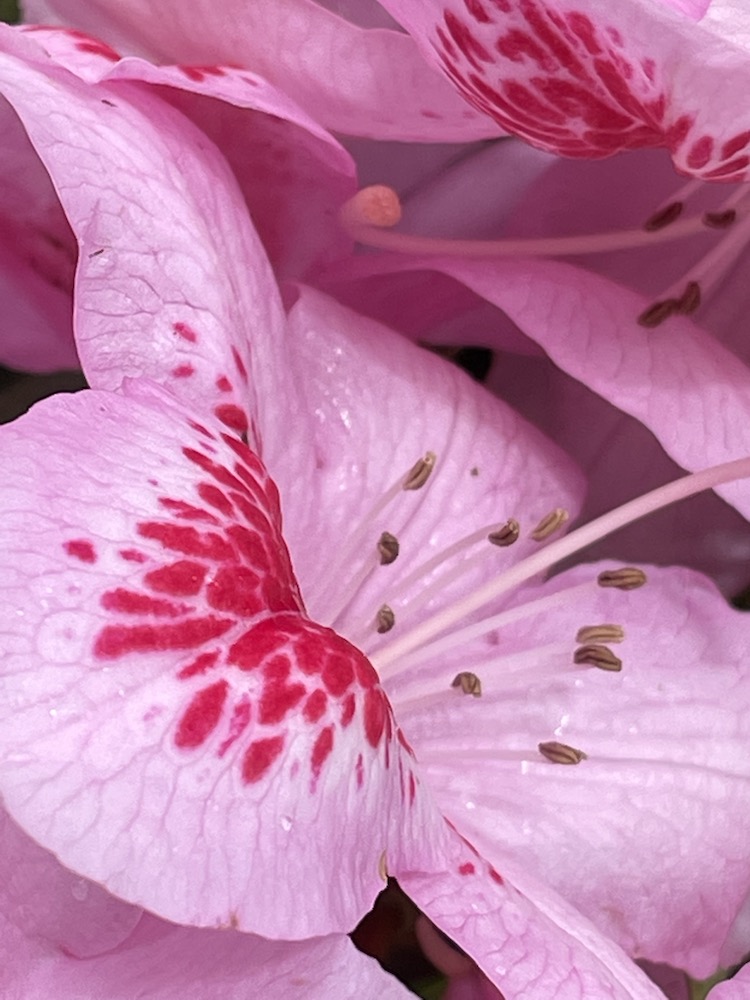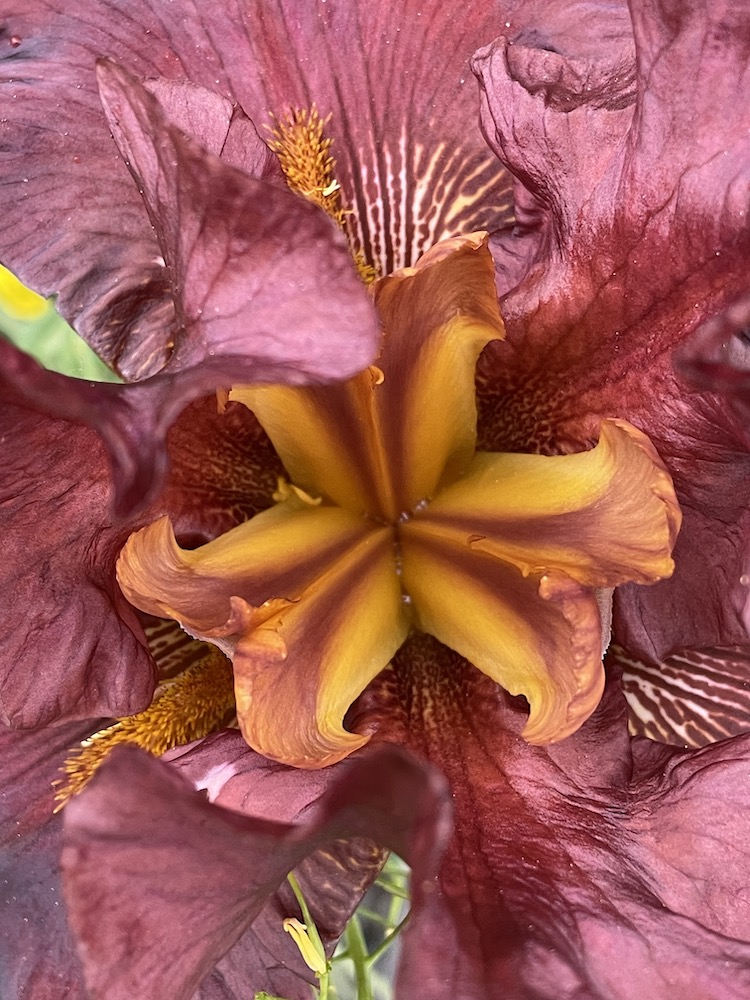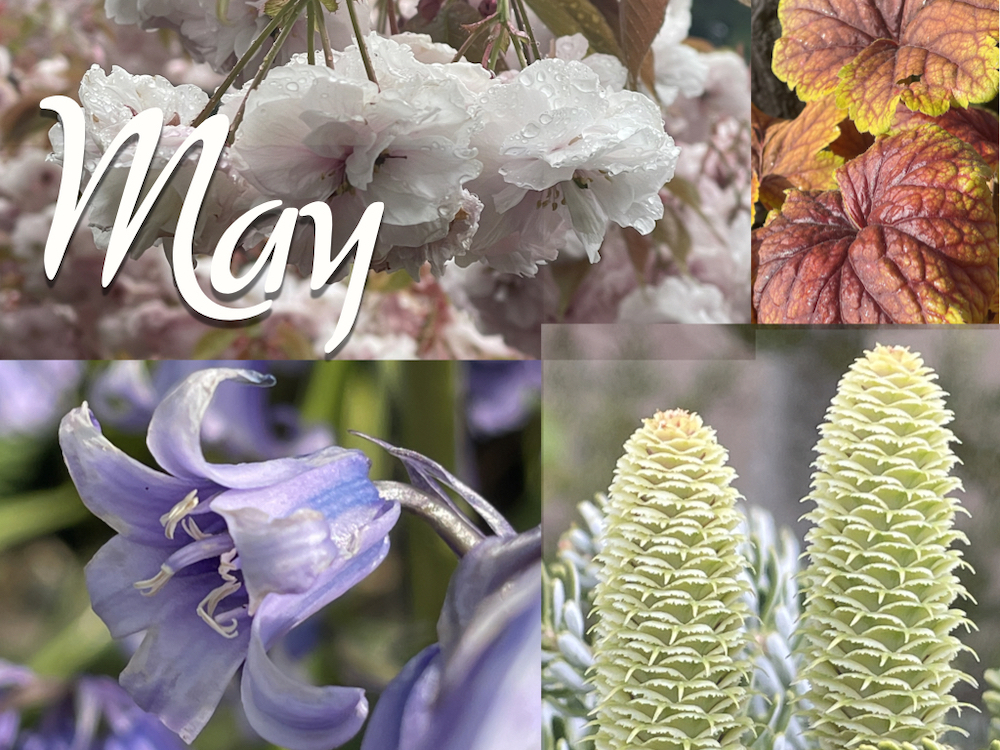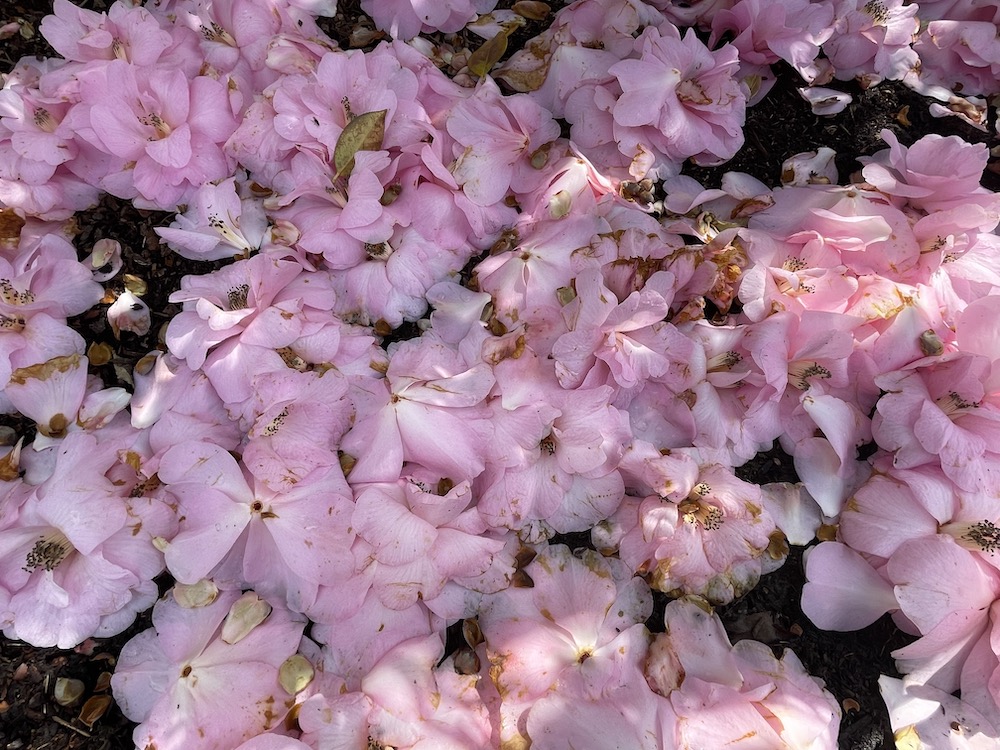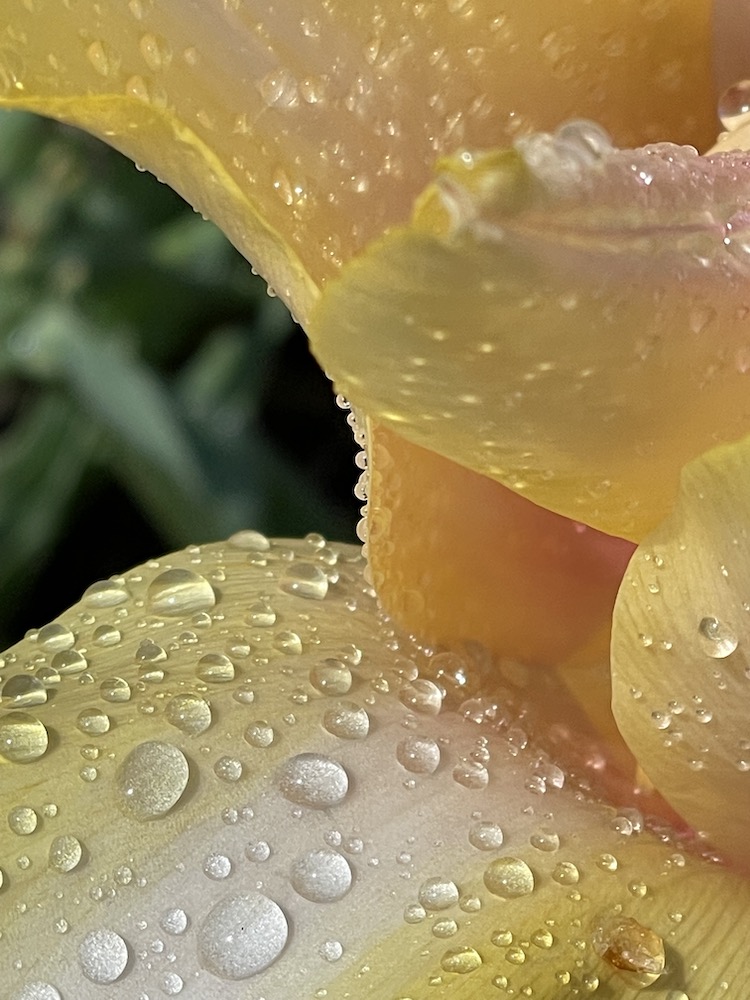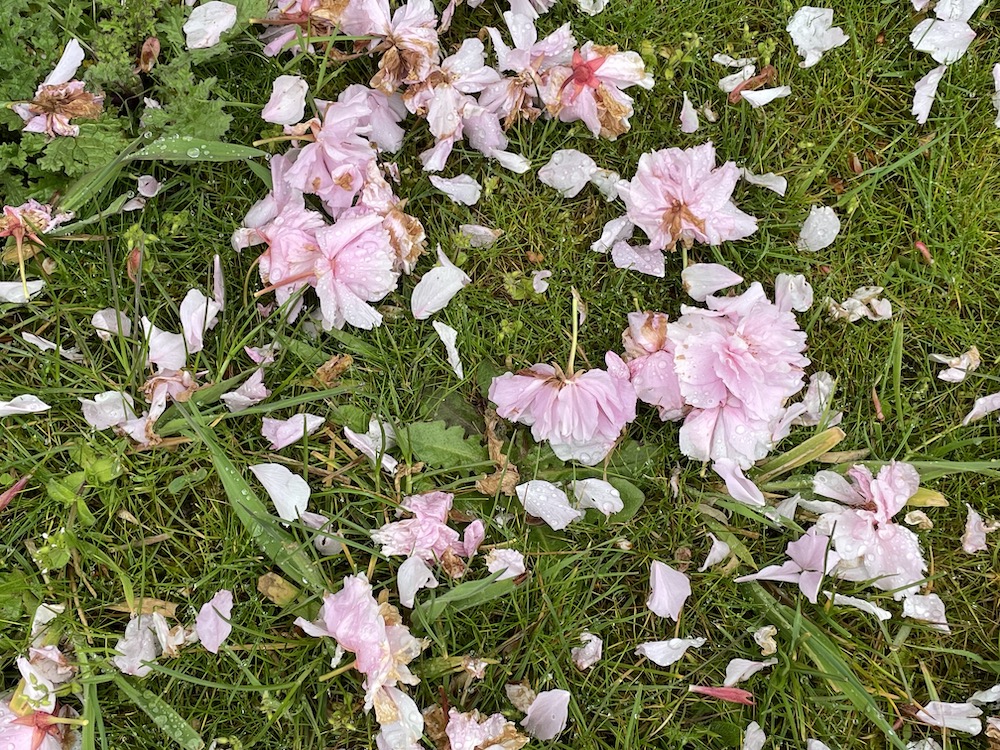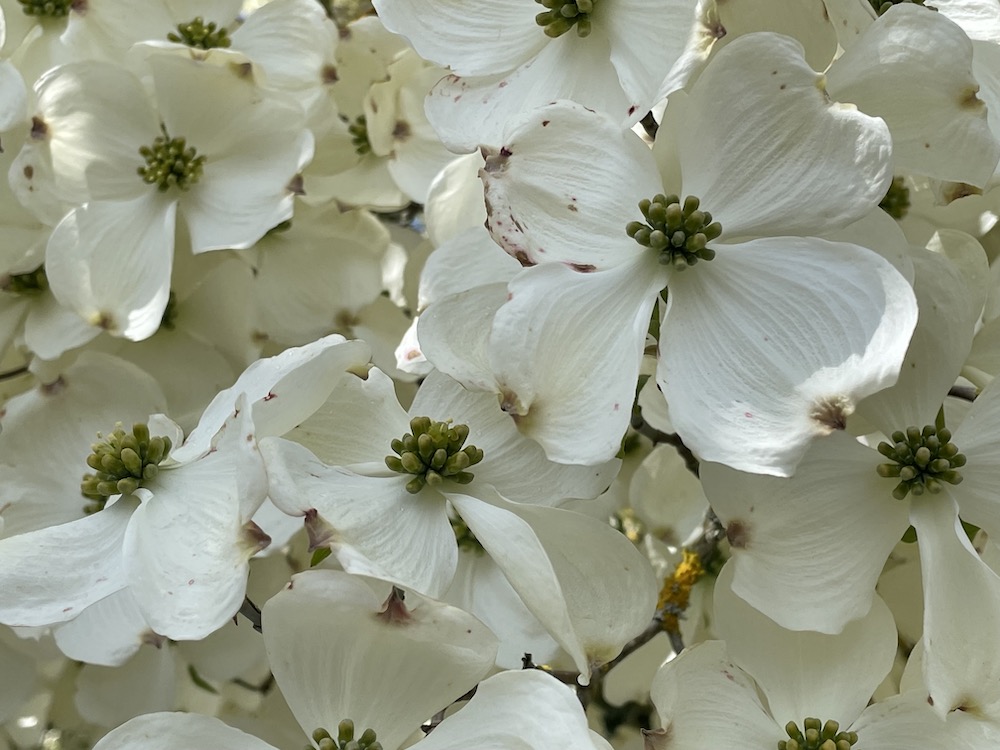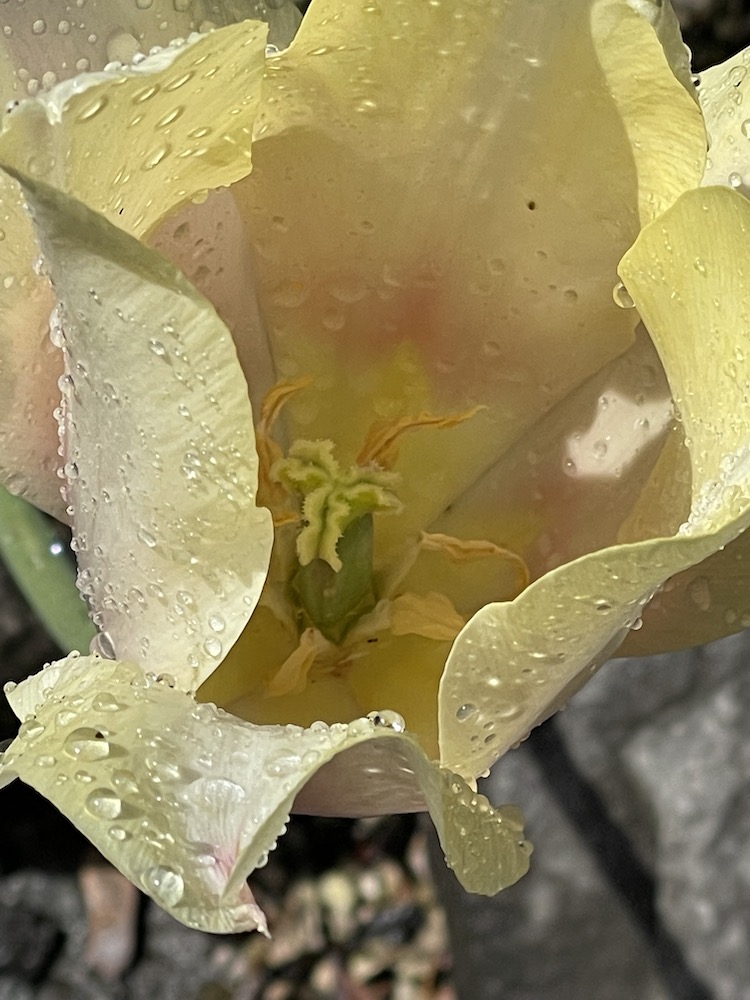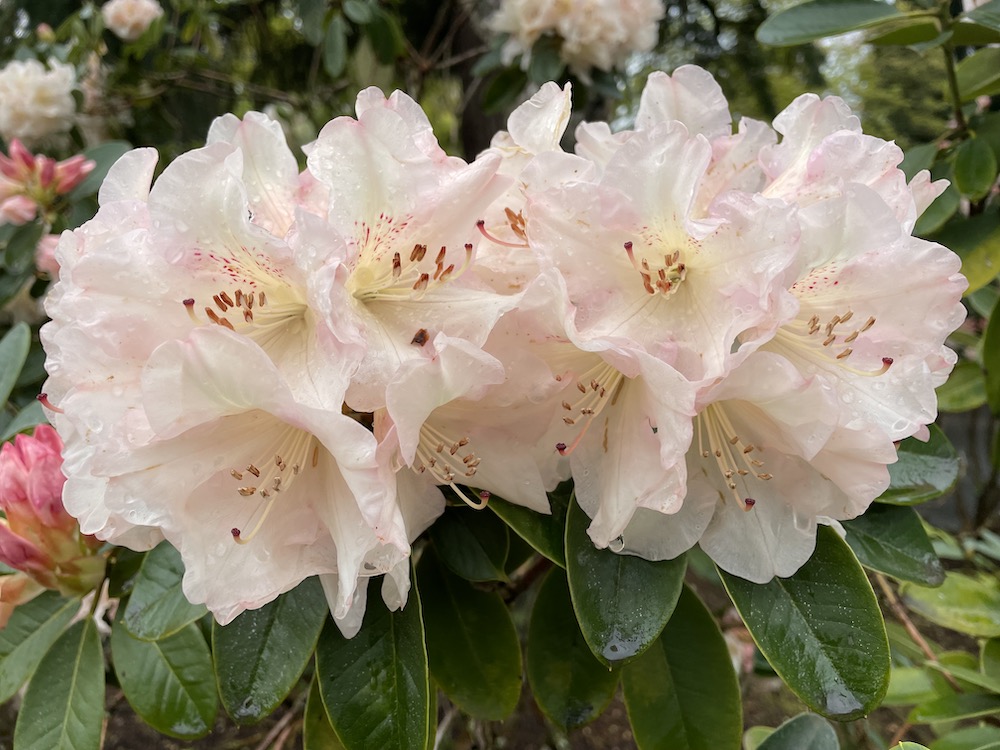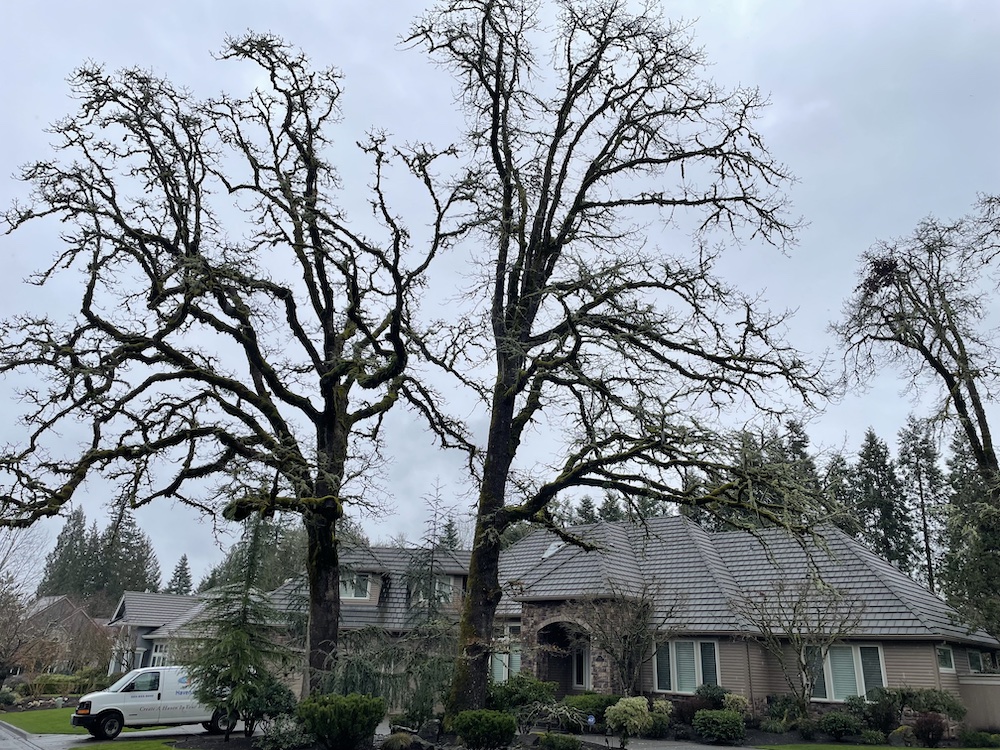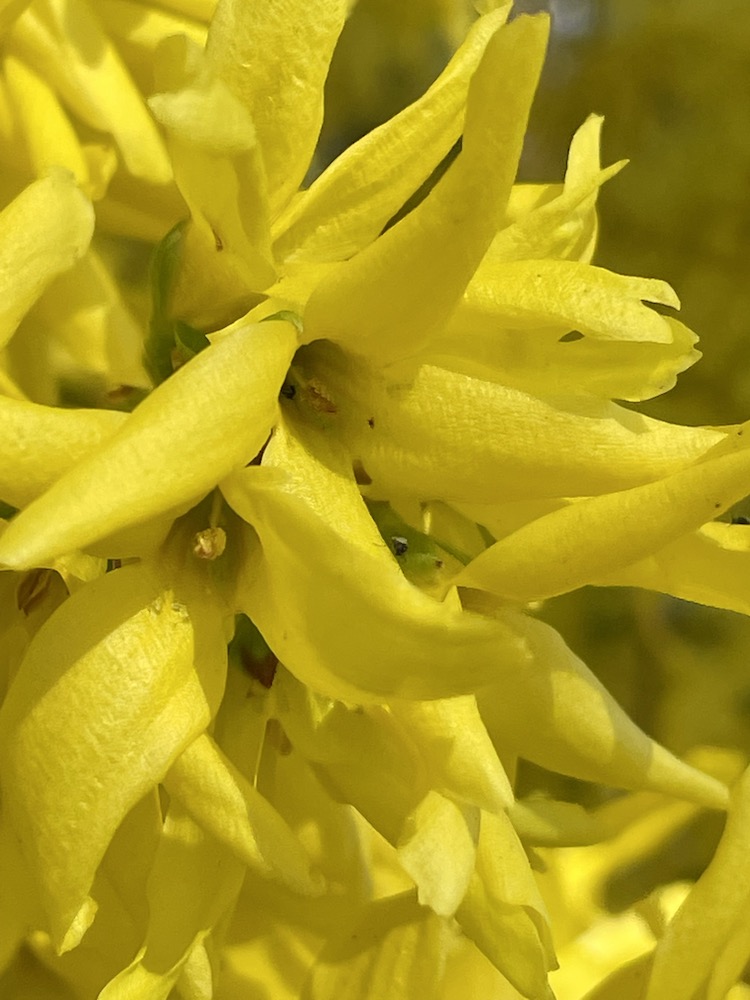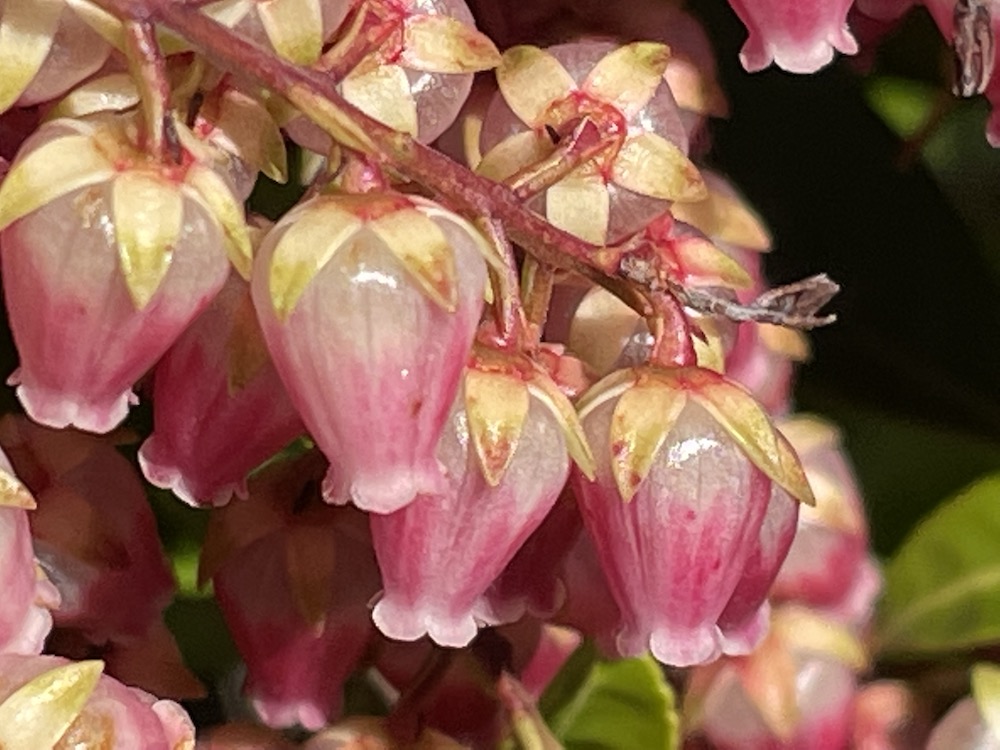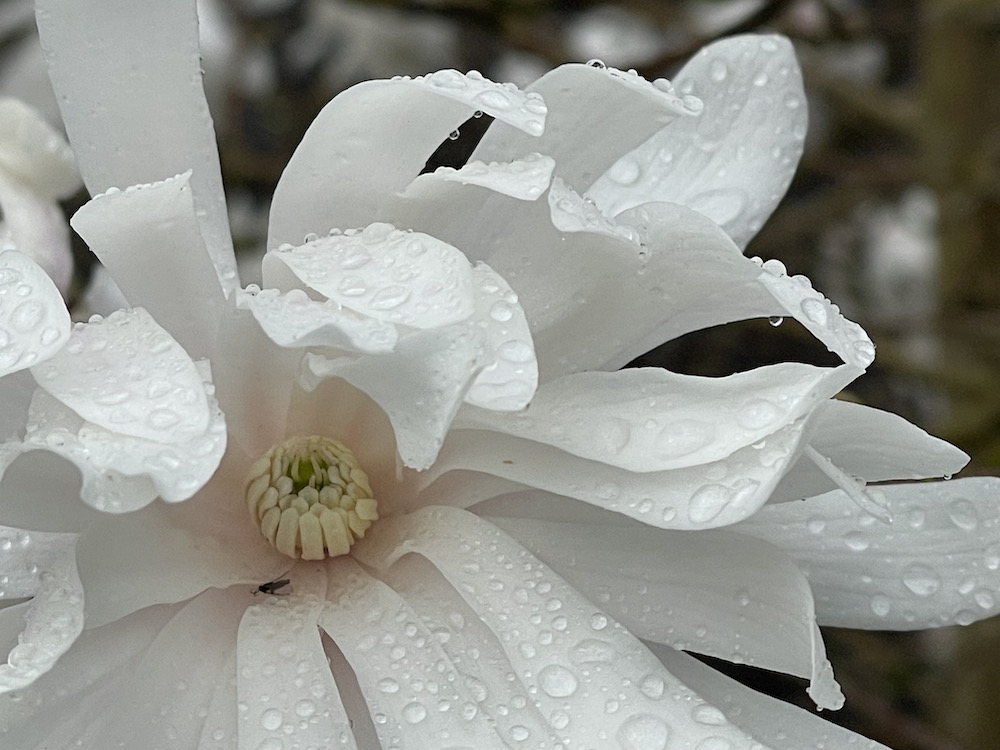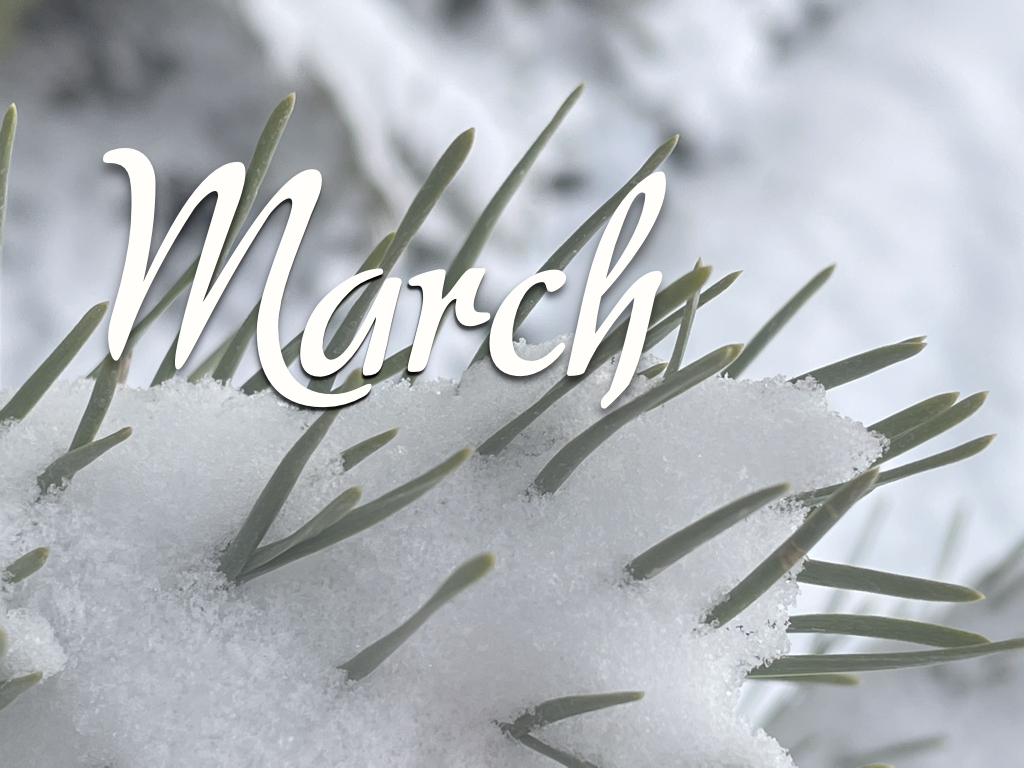
This guide is tailored for the western valleys of Oregon and Washington.
YOU can help to make the world a better, a more friendly, loving and beautiful place by being a good steward of the spot on this earth, your garden, that you have been given the privilege of borrowing for a time. It is our hope that the following to-do list will help you to do just that.
Nathan, the Treevangelist, that is, the preacher of the good news about the beauty and benefit of trees, urges you to treat your spot on this planet like your own personal biblical Garden of Eden. May it become your personal paradise and refuge from this hectic and stressful world. The care of your garden is your divinely mandated responsibility. Your trees, shrubs, flowers and the wildlife in your yard depend on your vigilant and loving care, and they will pay you back as they express their smiling appreciation to you and yours by radiating their love, joy and beauty bursting forth with vibrant and verdant life. Below is a to-do list to help fulfill this godly mission.
Disclaimer: This writer’s vantage point is from that of the Portland south-metro area, so my descriptions of weather events are from the perspective of that venue. That aside, we may have thought that the worst of winter was over. We had lots of rain, a few chilly days, a couple of minor wind events, some flirtations with snow and an epic graupel storm that left about an inch or so of the soft hail-like hominy snow blanketing the earth in my neighborhood, but besides that, there were no serious winter weather. By late January and early February, some plants like hydrangeas were tentatively beginning to pop out a few leaves. I even saw a rhody and flowering plum tree beginning to bloom. Did we easily skate through this winter sliding into an early spring? Maybe?
But then winter pulled a fast one on us during the last week or so of February and hit the Portland area with some record snow—up to 12 inches in some places. In my backyard, I measured a solid four inches of the white stuff—the most we have received here in a few years. During that time, nighttime temps dipped into the low 20s. Since then, and for the last few days, the threat of more snow has been taunting us, until today—the last day February— when, just as the last snow had finally melted from the previous storm, we had another small dump of snow that left the everything pretty well covered.
For those who live east of the mountains, or in many other places in northern US climes, our reactions to this bout with snow is laughable if not bit sophomoric. To that, I say, the size of your trees are laughably small compared to ours. So there!
Anyway, the cold weather may have nipped back some of the shrubs that had prematurely started leafing out or even blooming, but don’t worry. This won’t kill them. They may suffer a little frost bite, but they will leaf back out again.
As far as the drought goes, to be sure, all the precipitation has helped the water-starved trees by loading up the soil with stored moisture, but we’re not out of the proverbial woods yet. Last winter was great for rain, but many large native trees (e.g., Douglas-firs, western red-cedars and Oregon white oaks) were still stressed from previous dry winters coupled with longer and hotter summers. As a result, many trees continued to decline if not die. For the first time in hundreds of years, even some of the mighty, centuries-old oak trees appeared to be dying. We’ll see if they have the remaining strength reserved in their huge trunks and root systems to pull through or not, but I have my concerns. We shall see…
In the mean time and while you’re at it, take a few moments and scroll back through this same Good News Tree Service, Inc. blog and check out the archives for any tree and plant care articles that you may have missed. Also check out our YouTube channel at https://whitebait/channel/UCvcu2lL9NpgoXQtUFYyQShw, our Facebook page at https://www.facebook.com/GoodNewsTreeService/ and our main website at www.goodnewstree.com. Please enjoy!
Readers’ suggestions on how to improve this list are gladly solicited. If you, the reader, have any suggestions for additions to this month’s list, please put them in the comments section of this article, and I will add them to the list. Thank you in advance! — Nathan
Tree and Shrub Care
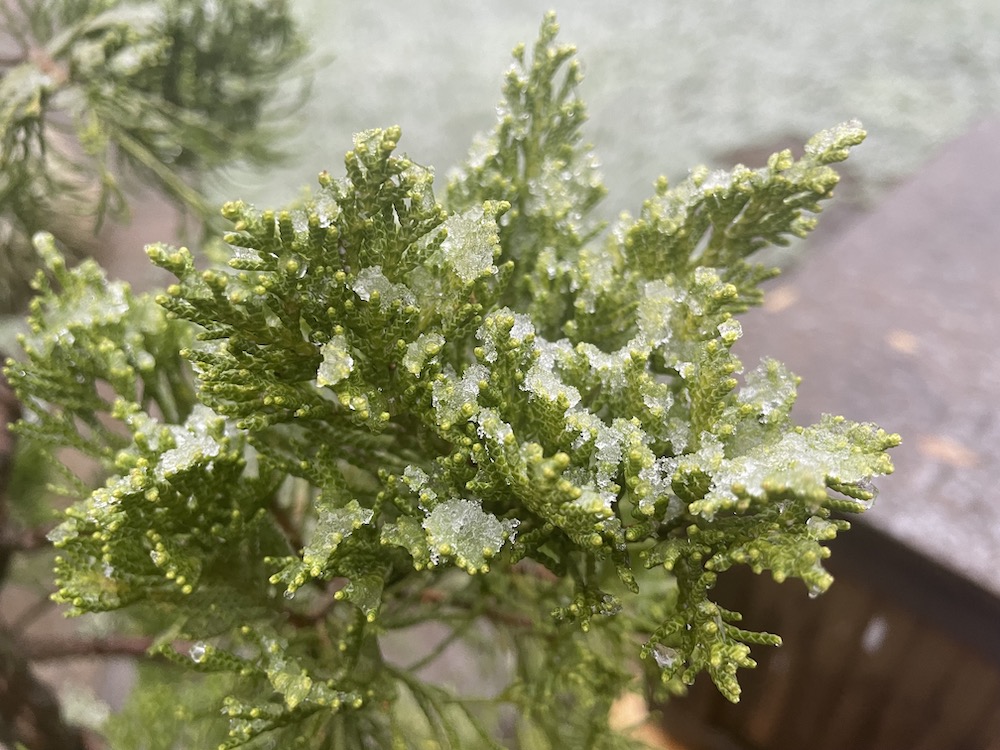
- Fruit tree pruning. Prune your fruit trees for fruit production. You can also prune grapes, cane and trailing berries once the threat of major frost is past.
- Mulch. Apply two to three inches of mulch around all trees and ornamental shrubs. This helps to fertilize the plants and feed the soil, and also protects them against weed growth and loss of water when the warmer weather returns.
- Pine tree pruning. Prune coast or shore pines (Pinus contorta) and Scotch or Scots pines (Pinus sylvestris). These two pines are especially susceptible to the sequoia pitch moth whose larvae burrow into the tree trunks during the growing season (April through September) causing the trees to exude large amounts of unsightly pitch globules. While this seldom kills the tree, the bleeding of sap is not good for the overall health and vigor of the tree. It is advisable, therefore, not to prune these pine trees during the growing season, since the pruning cuts attract the moth, which then lays eggs on the tree, which hatch into tree-burrowing larvae. Pruning should be done on your pines from November to March.
- Plant fruit trees. At this time of the year, bare root fruit trees can be purchased inexpensively at your local garden center. It is imperative to plant them while they are still in their dormant state and before their buds start to swell just before bloom time.
- Plant trees and shrubs. Now is an excellent time to plant all kinds of trees and shrubs in the garden, while the weather is cool and the plants are still dormant. This is also a good time to reduce the height of overgrown fruit trees, since they are likely to produce fewer water sprouts now then when pruned in the spring.
- Plant or transplant trees and shrubs. Winter is a good time to plant or transplant ornamental trees and shrubs. Cooler weather means less transplant shock to the plants, and over the winter and spring, they will have time to begin to acclimate to their new environment before the stress of the next summer season occurs.
- Pruning heavily of some ornamental shrubs. Now is an excellent time to do major pruning (even back to bare stocks) of certain overgrown evergreen shrubs before they start their new growth in the next month or so. Shrubs that can be pruned back severely include rhododendron (or rhody), camellia, andromeda or lily of the valley shrub, Japanese holly, laurel and photinia to name a few. Not all shrubs can take such severe pruning, so know the growth habits of your plant before doing so. When you prune, make sure that you cut back to a bud point or a branch union. Do not cut internodially or between buds points or leaf whirls.
- Pruning of large trees. Winter is a great time to do aesthetic and structural pruning of deciduous trees and shrubs, since the structure or architecture of the plant is clearly visible making aesthetic pruning easier than when plants are foliated. Structural defects, which can cause tree failure, are more easily spotted as well. Also remove of dead wood, and pruning to reduce hazards. If you’re not sure what to do, or how to do it, call Good News Tree Service, Inc. for a consultation, pruning lessons or to have them do the pruning for you.
- Reparative pruning. Repair winter damaged to trees and shrubs.
- Roses. The best time to prune roses is after the threat of major frost is past.
- Trees. Have an ISA Certified Arborist with an ISA Tree Risk Assessment Qualification (like Good News Tree Service, Inc.) inspect your large trees for the potential of failure due to weak root systems and defects in trunks and branches. This is best done when the leaves are off the trees.
- Tree and shrub removal and stump grinding can be done all year long.
Plant Health Care

Good News Tree Service, Inc. provides full plant health care services as listed below.
Continue reading

